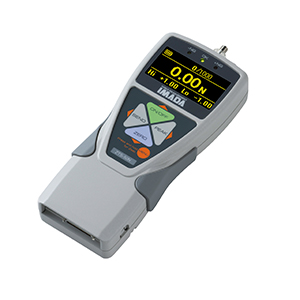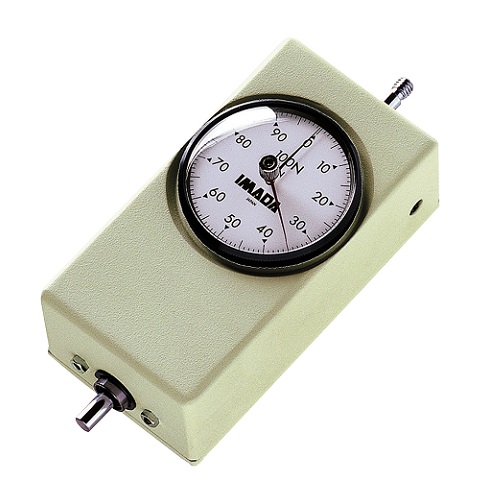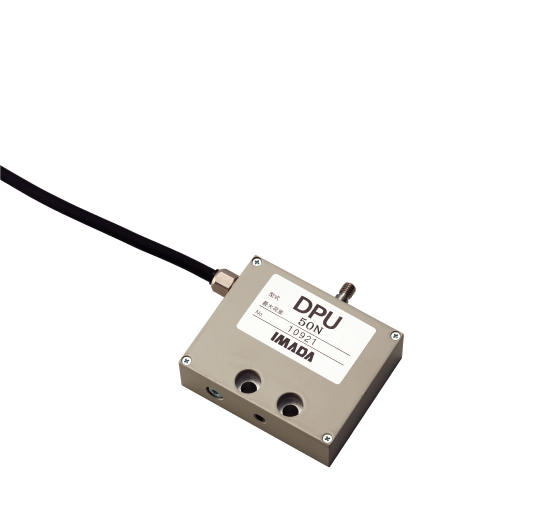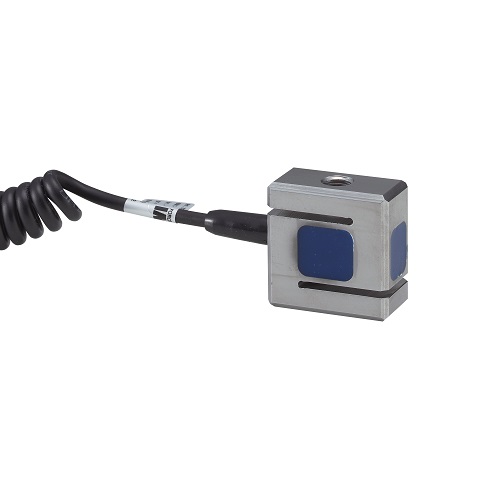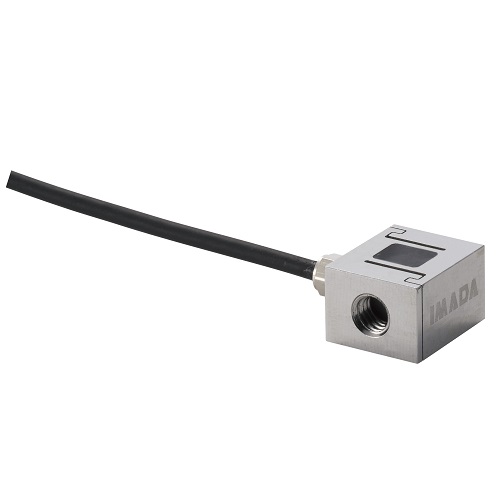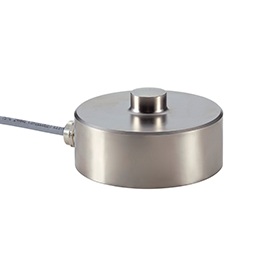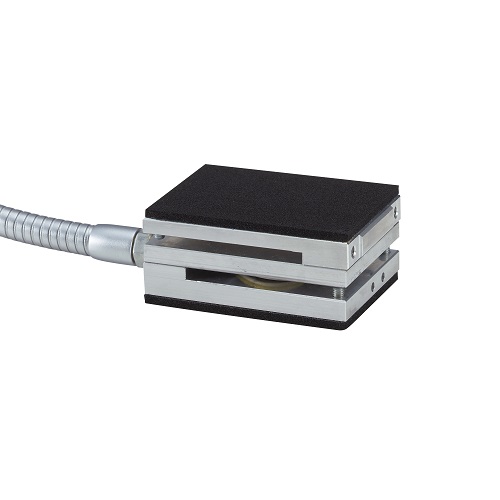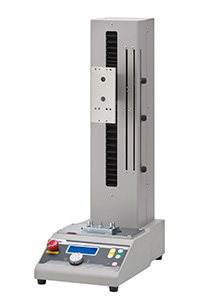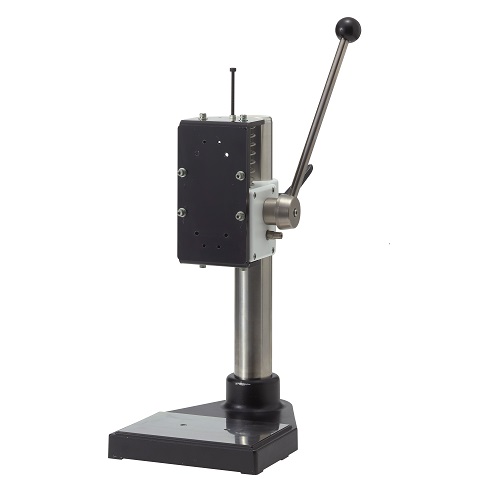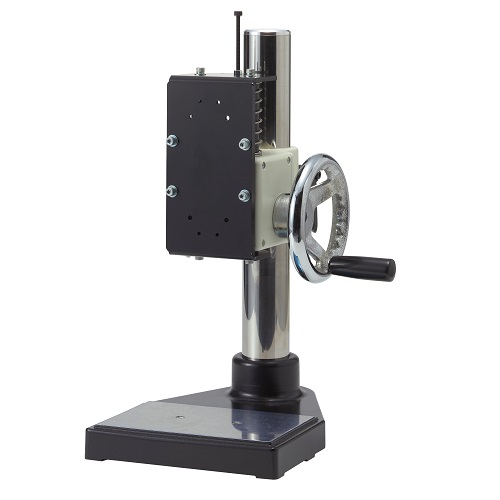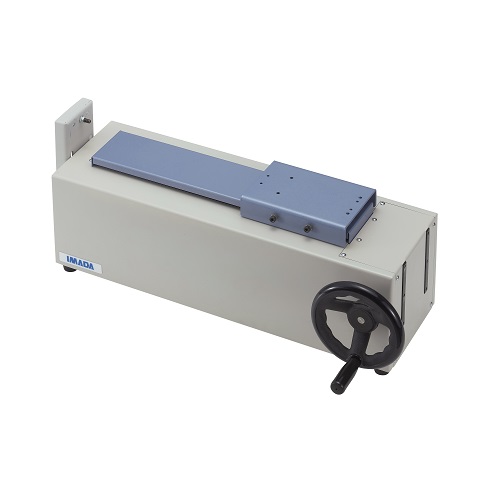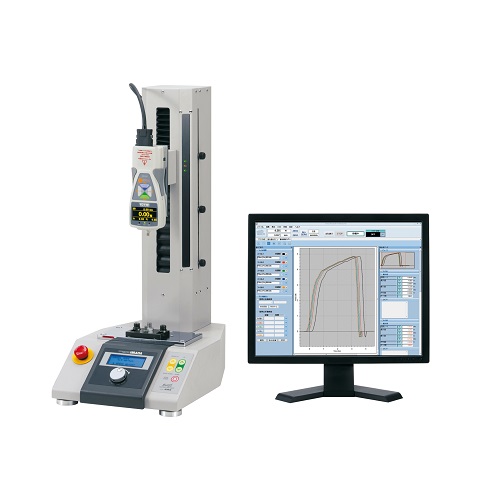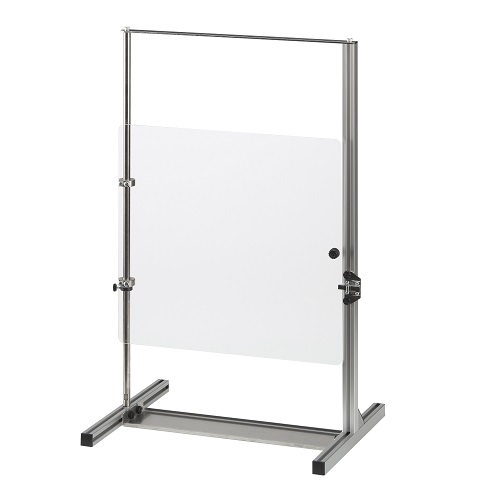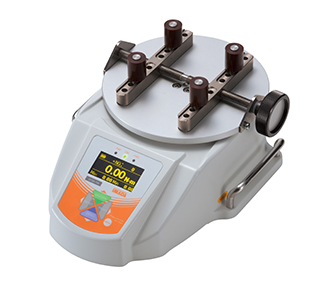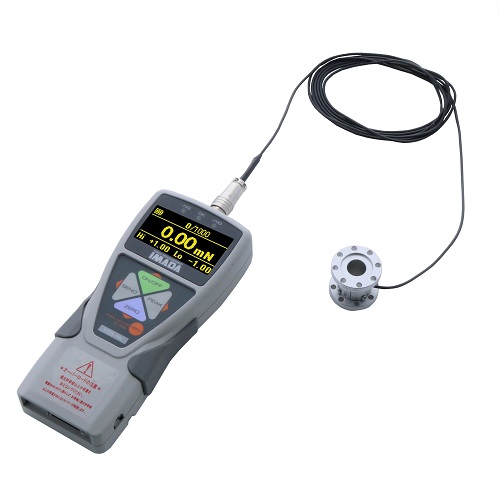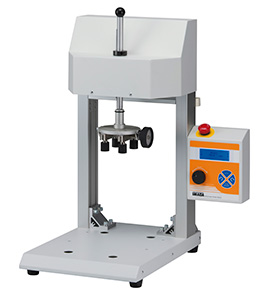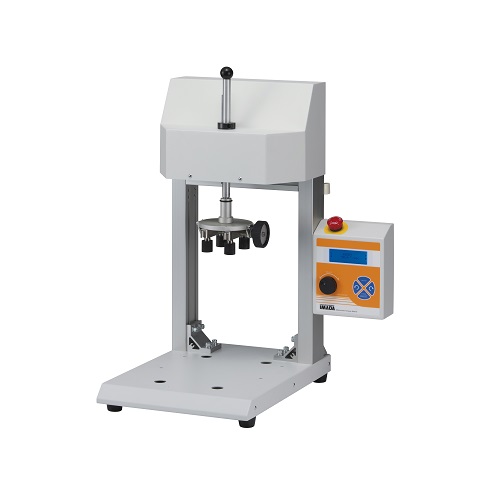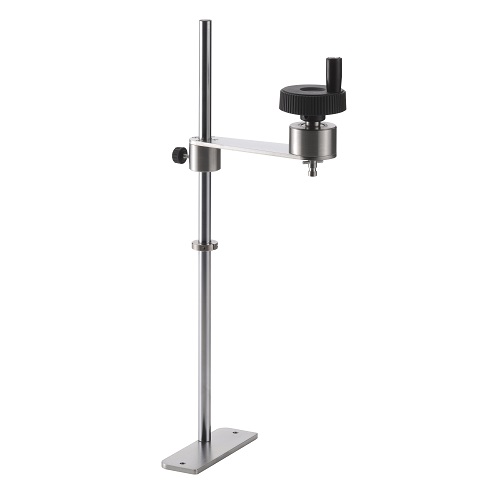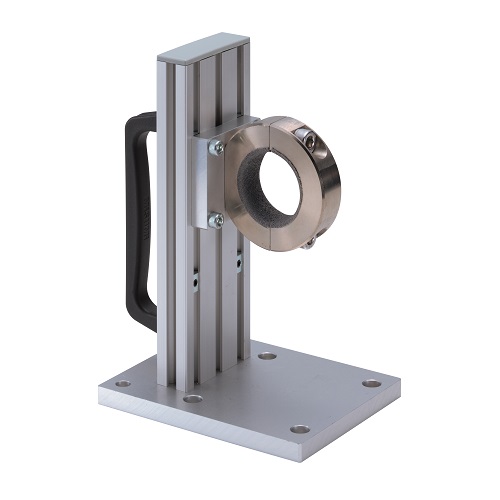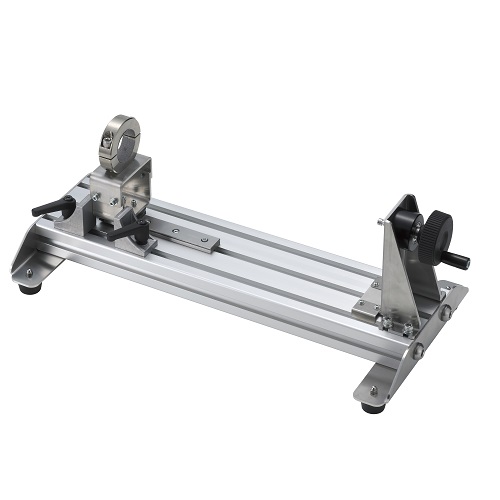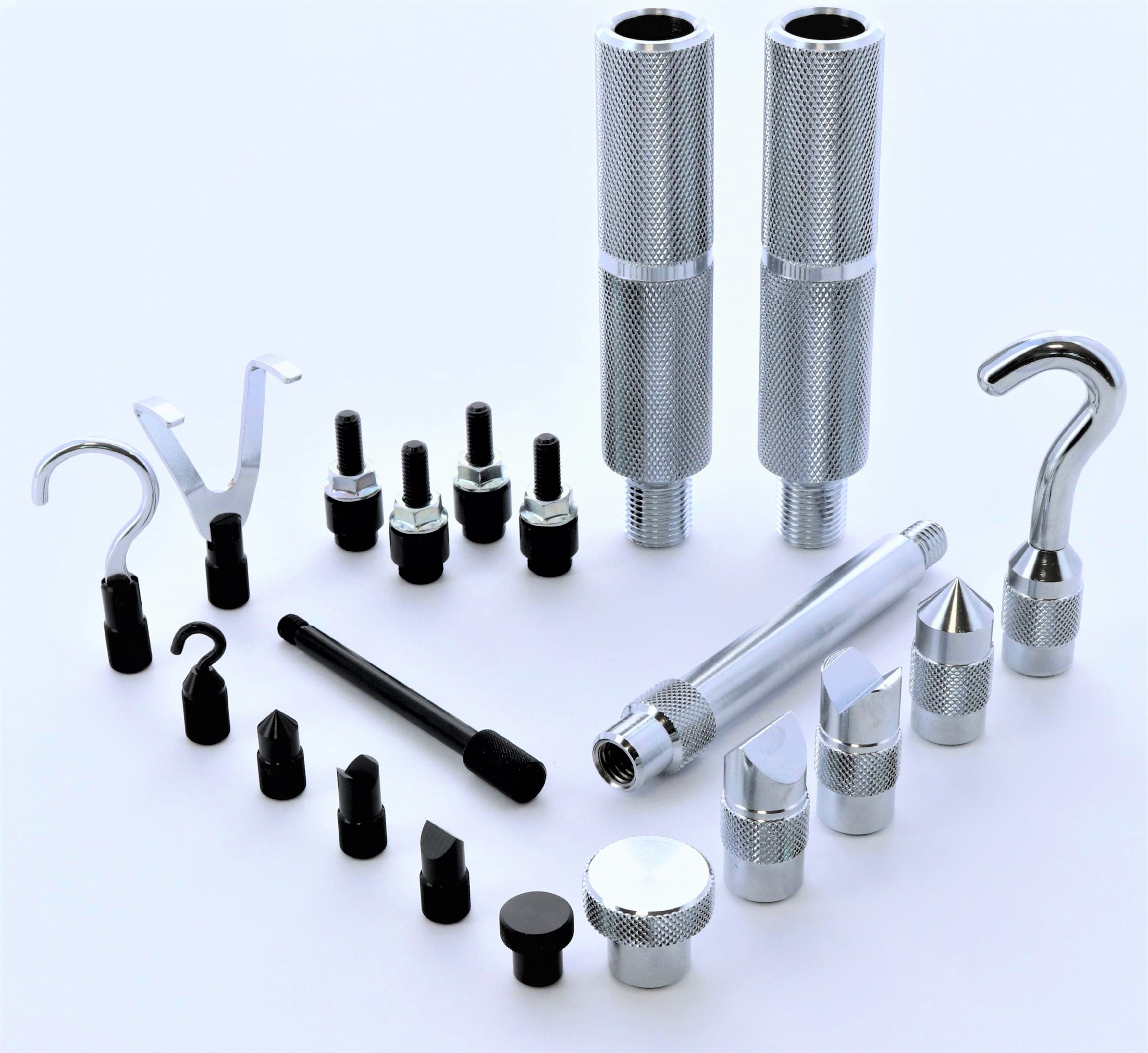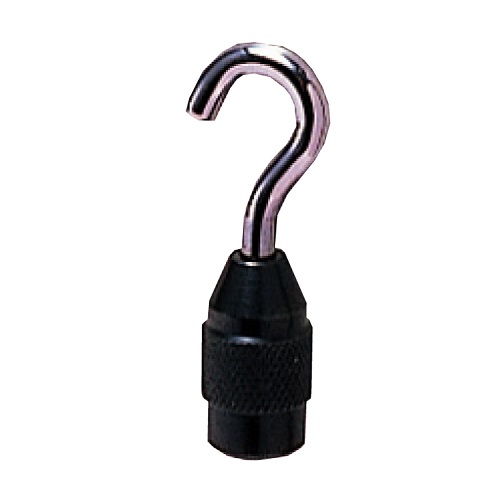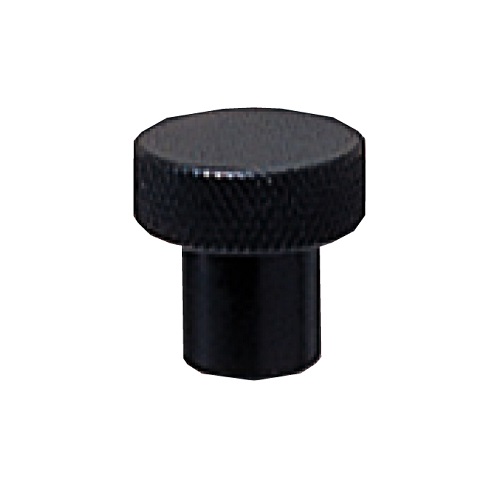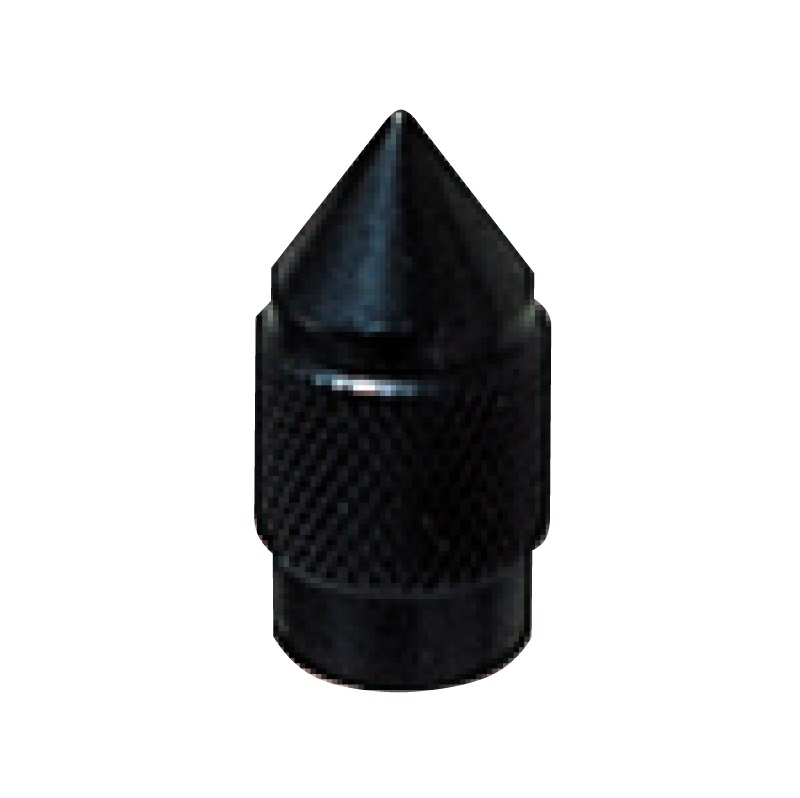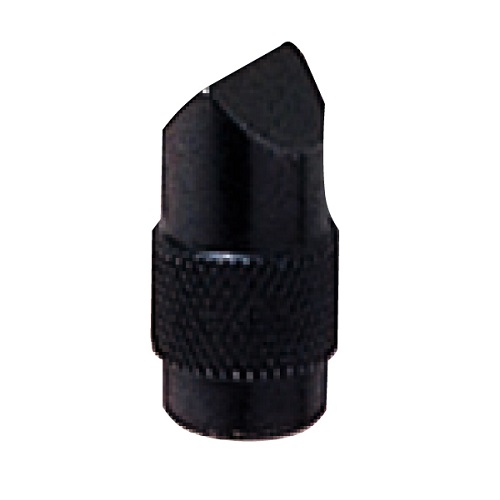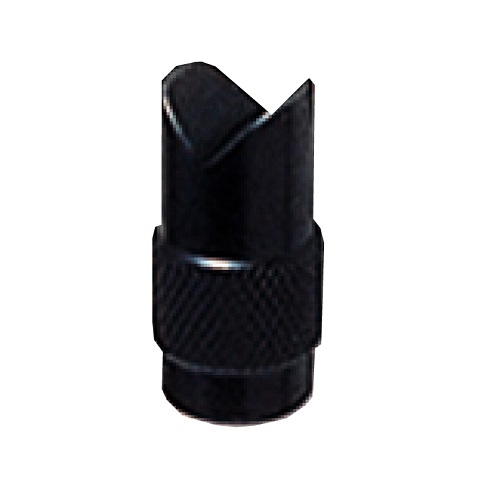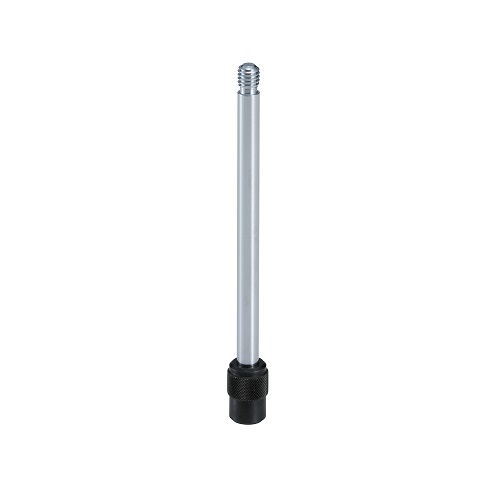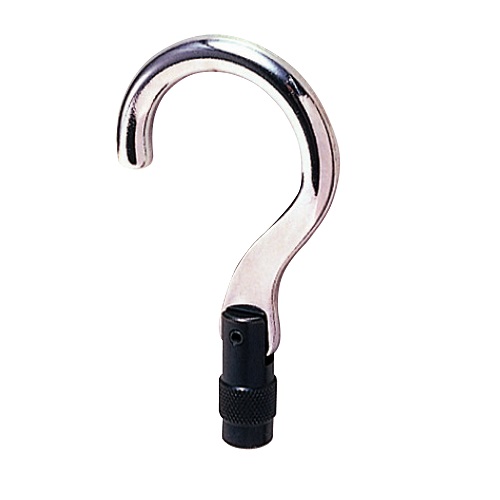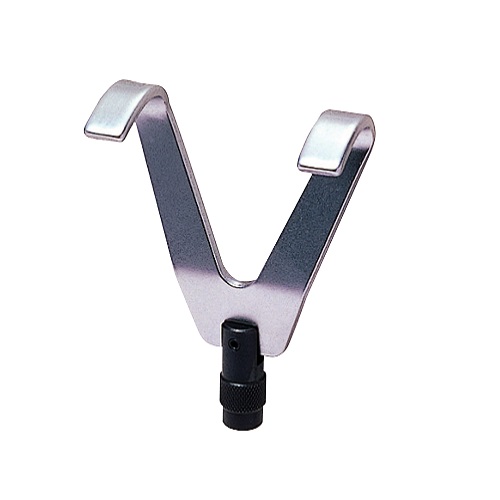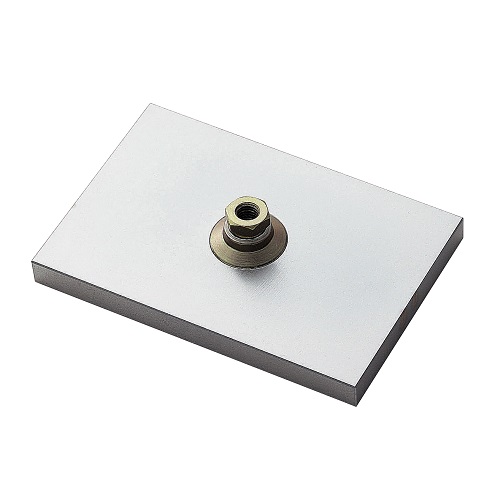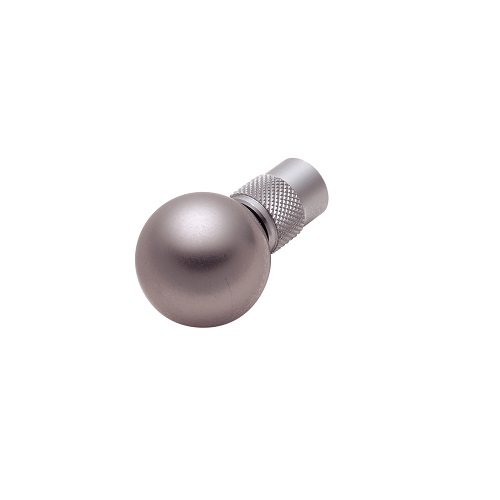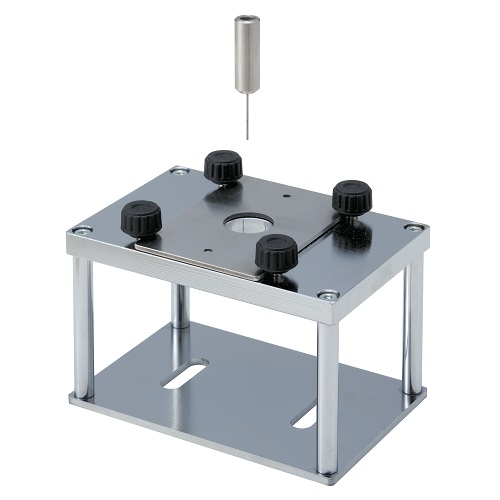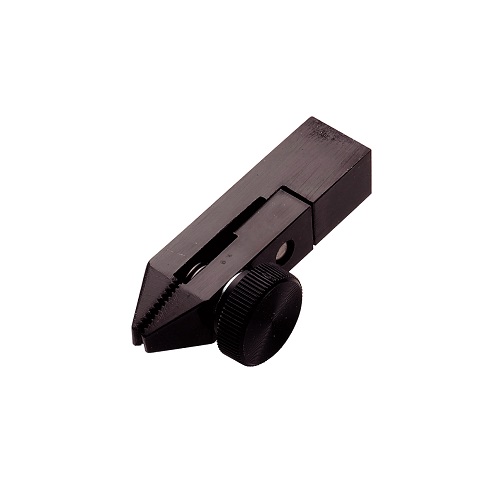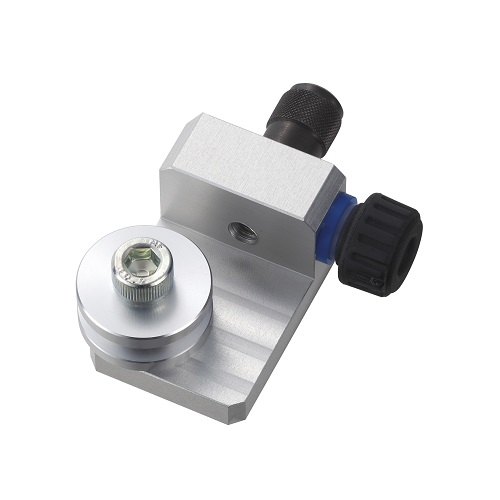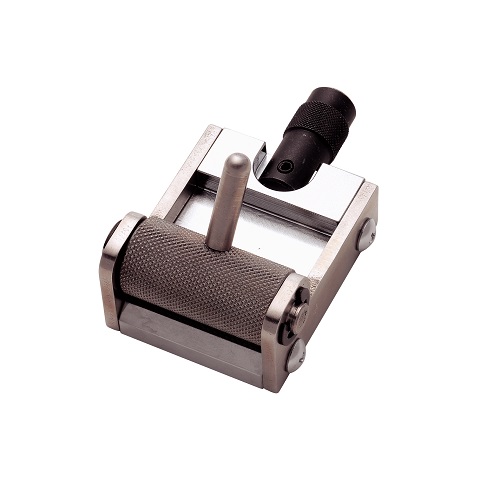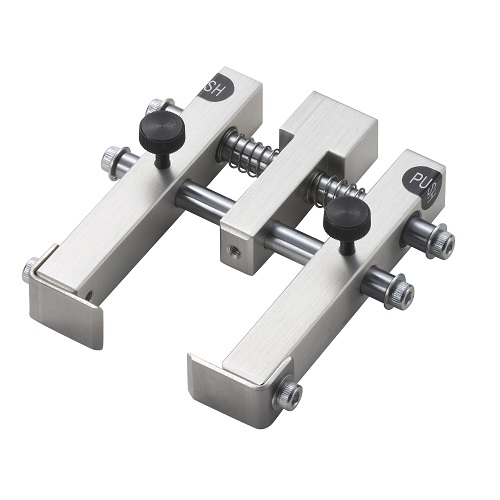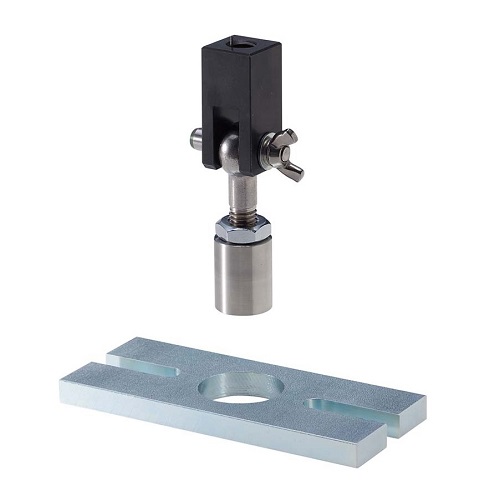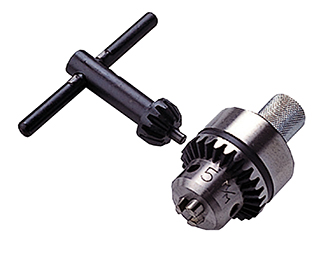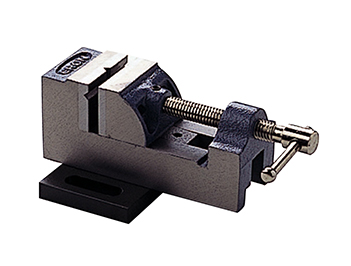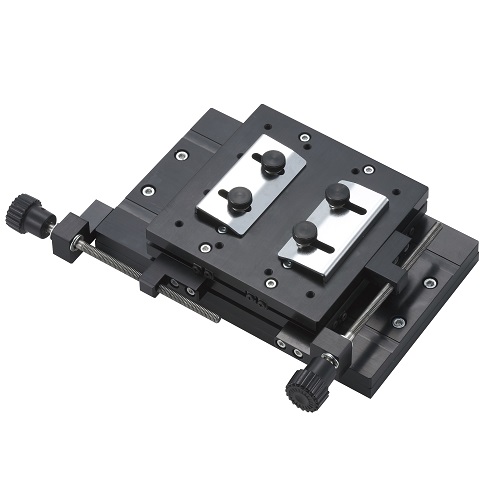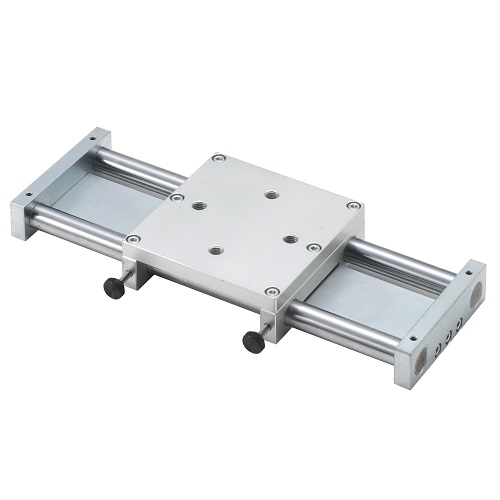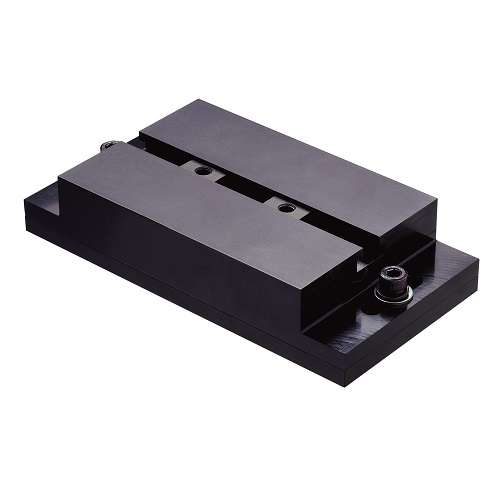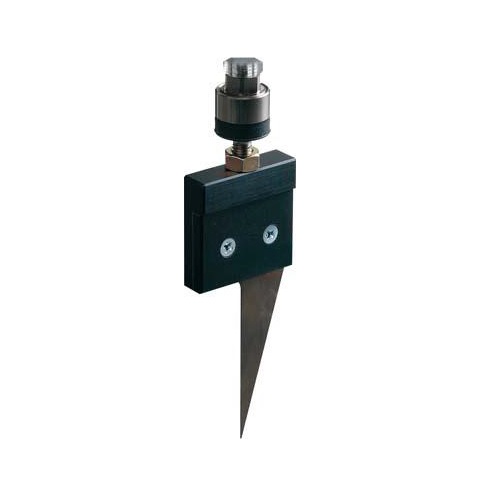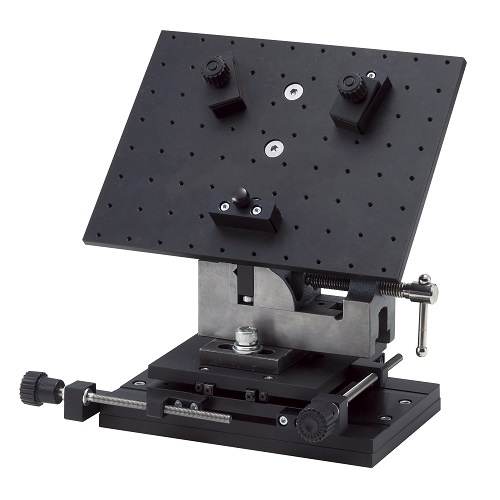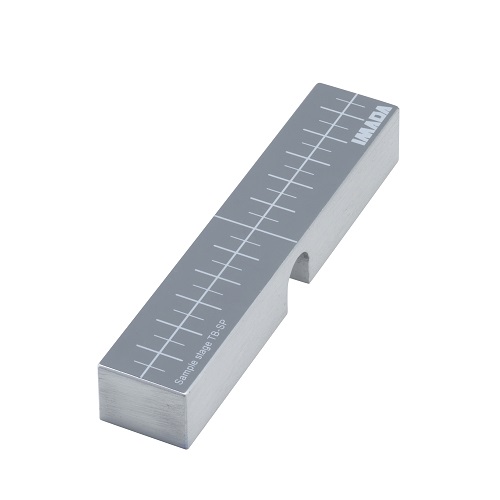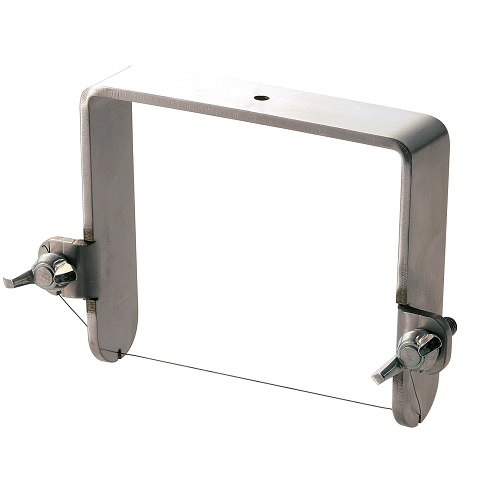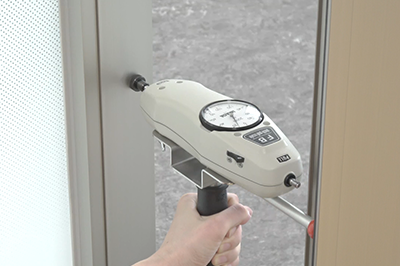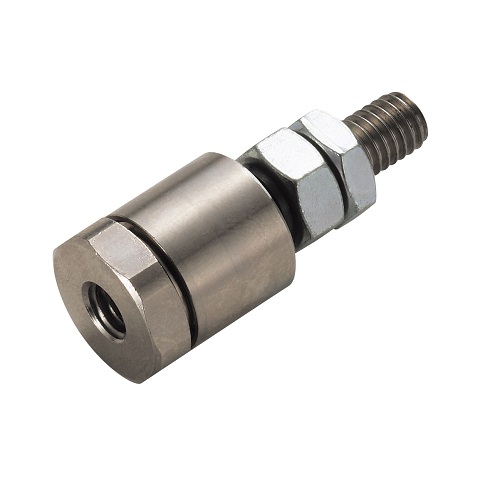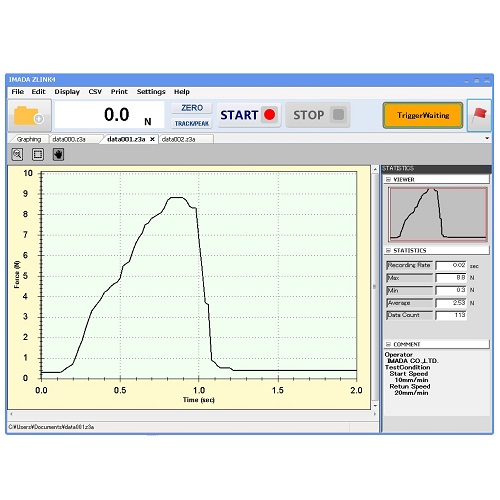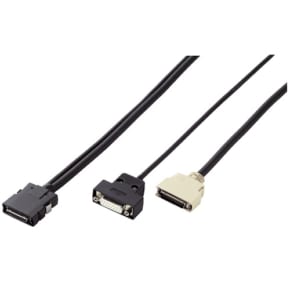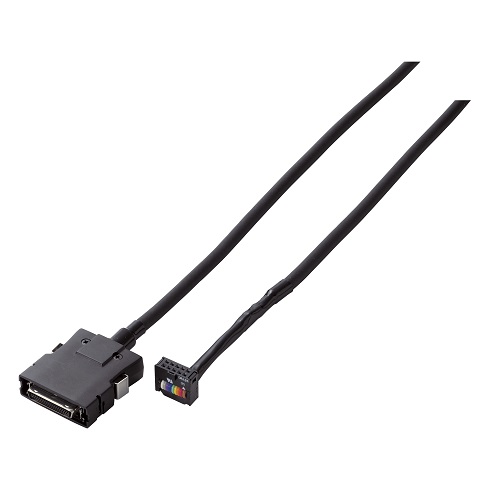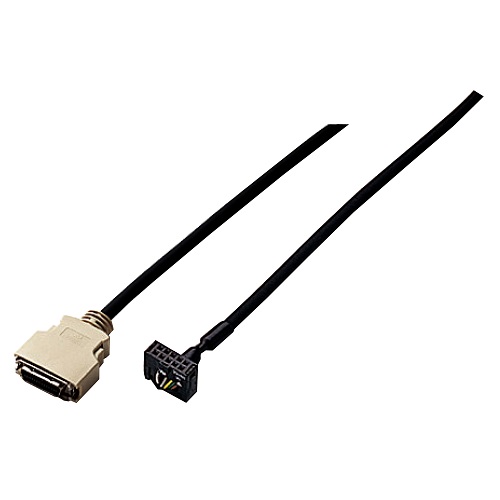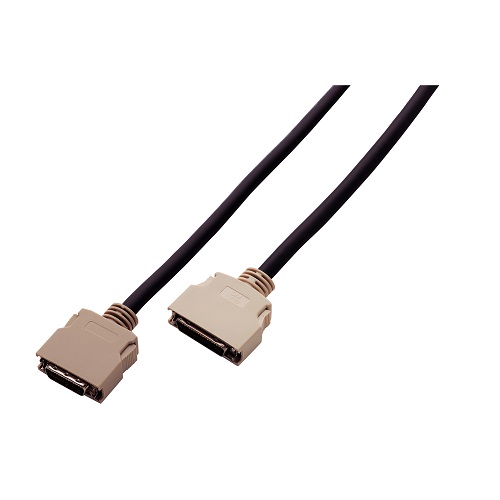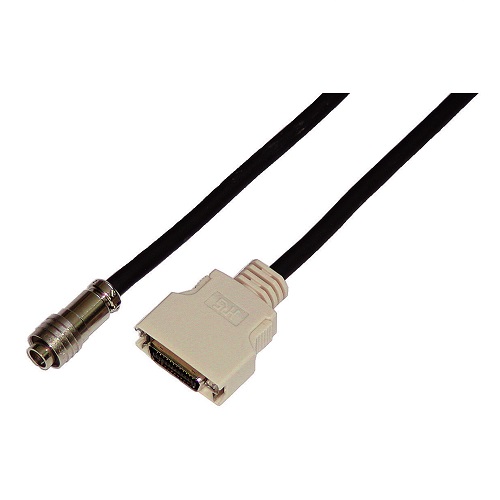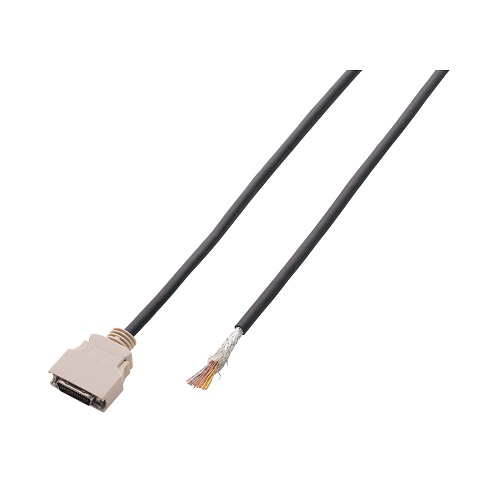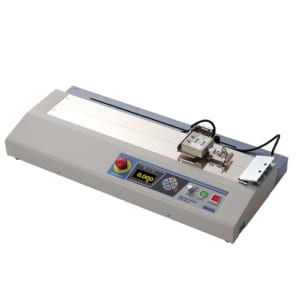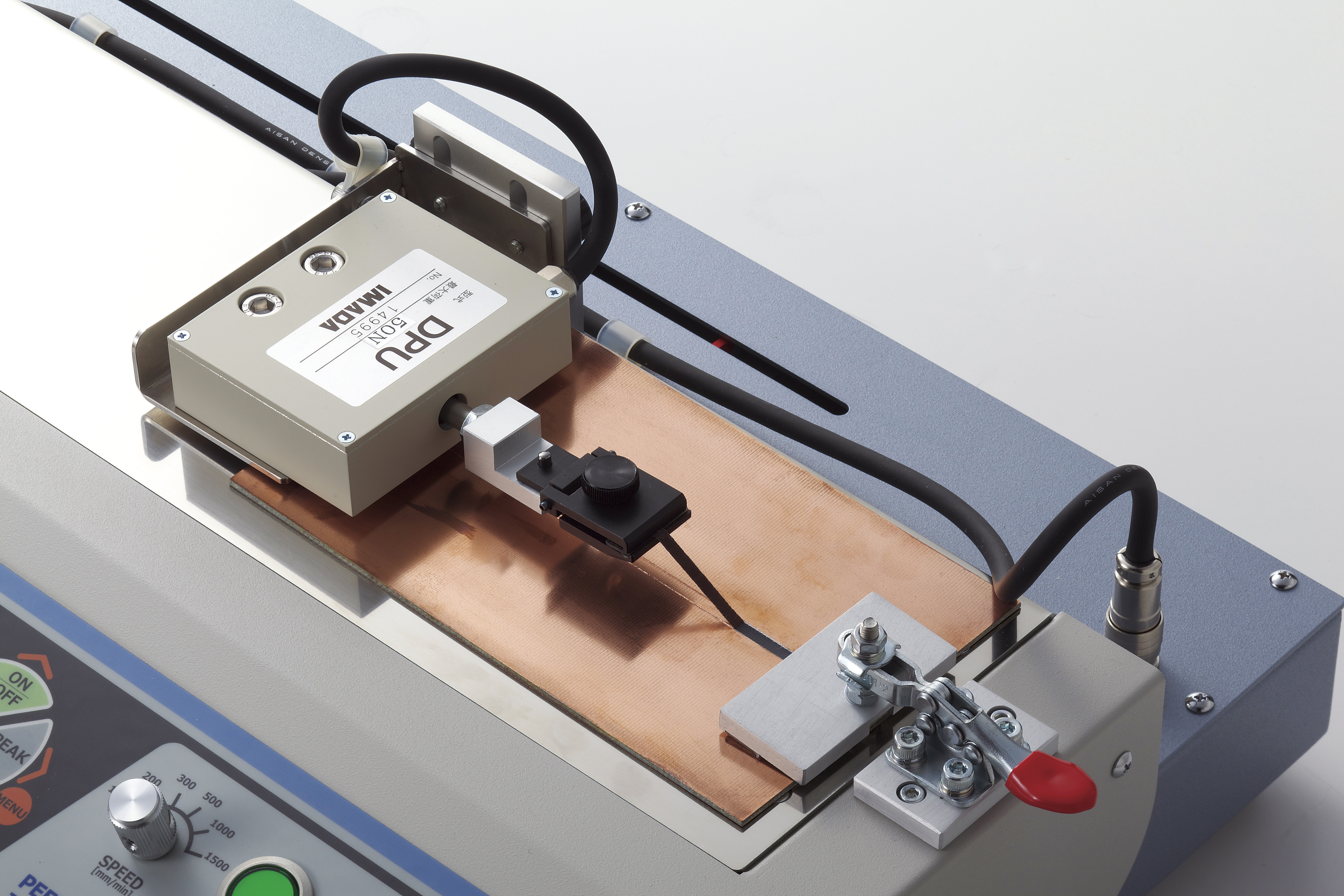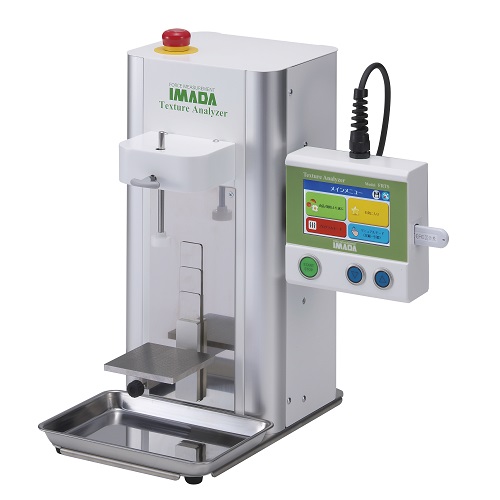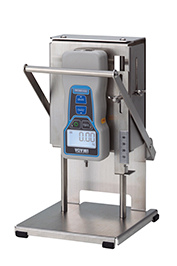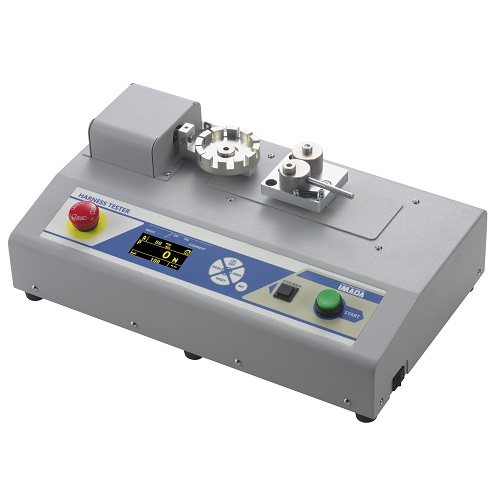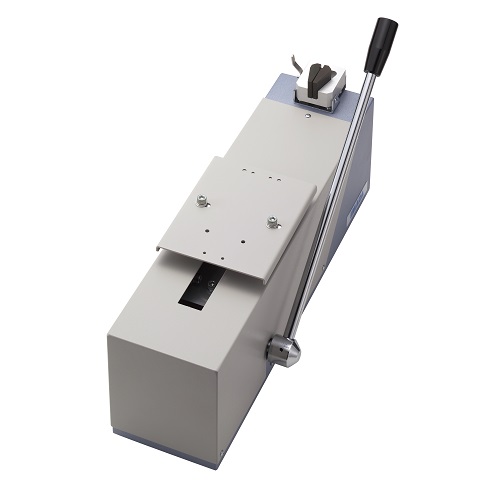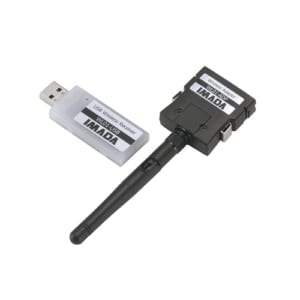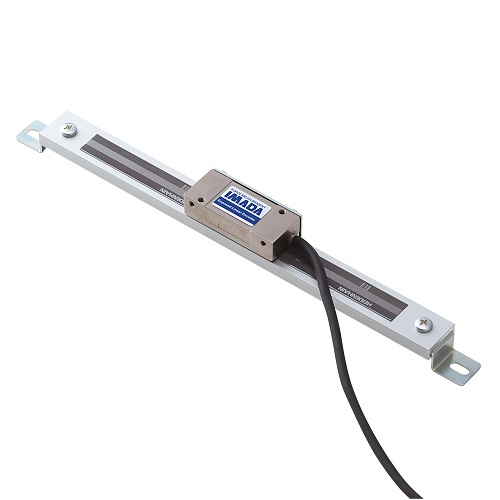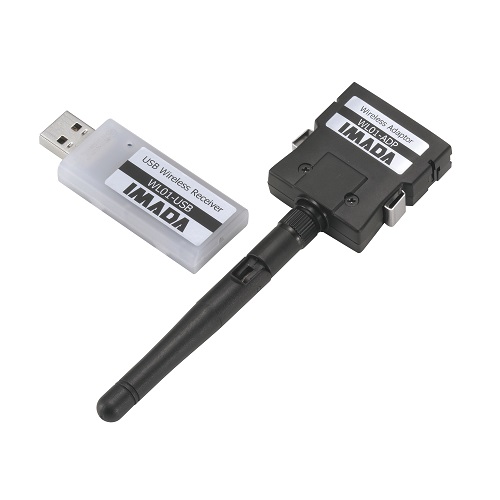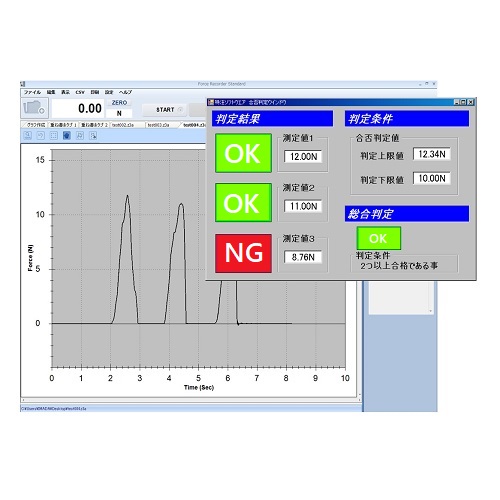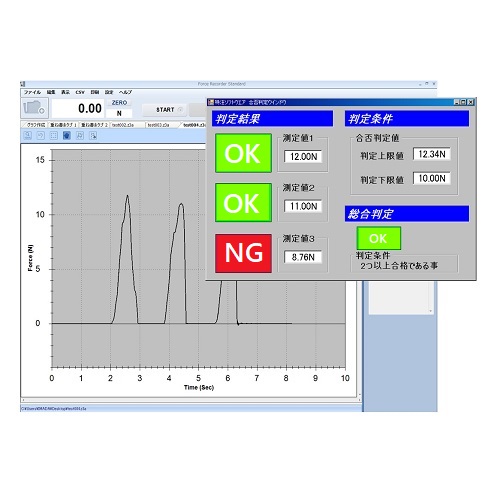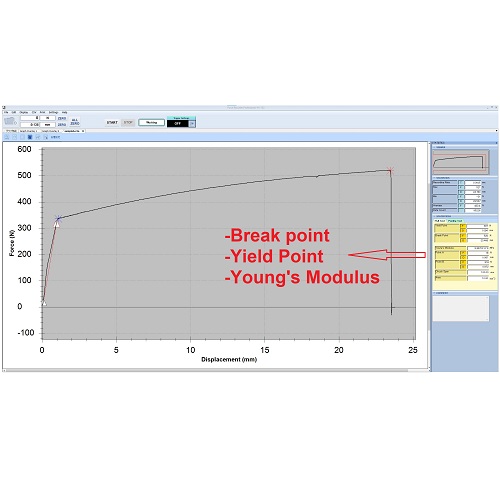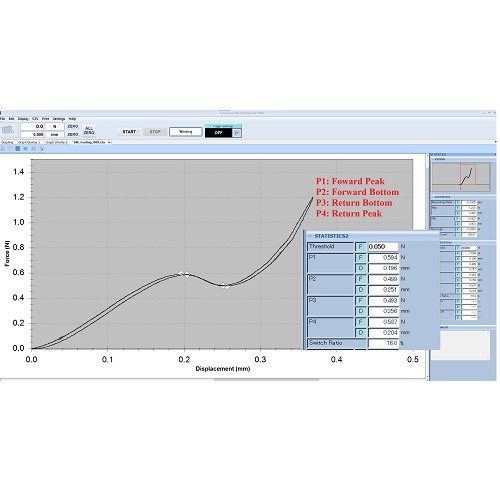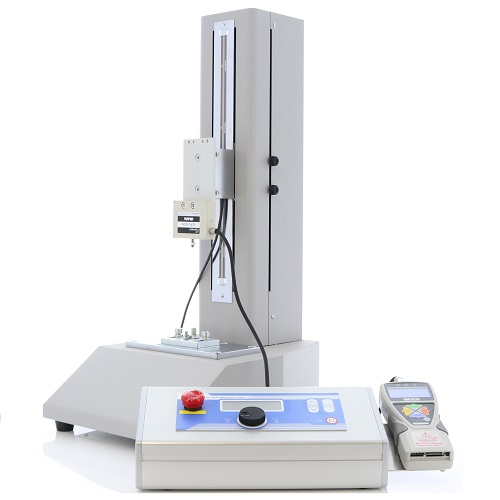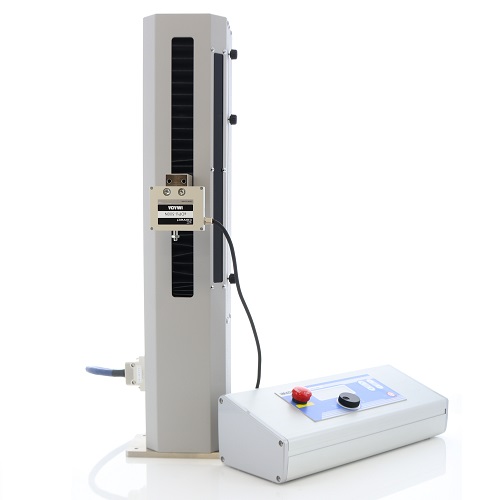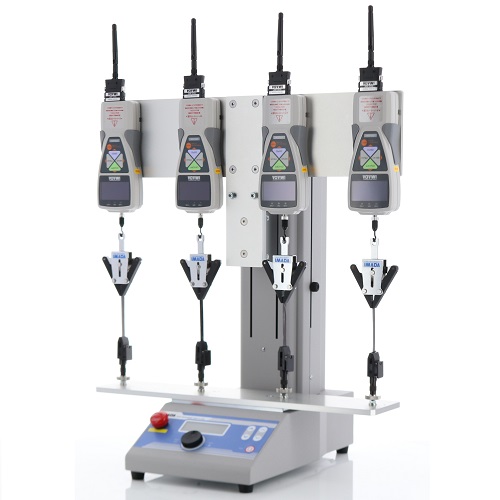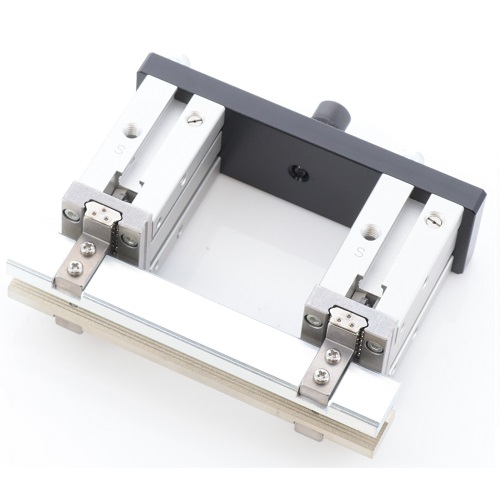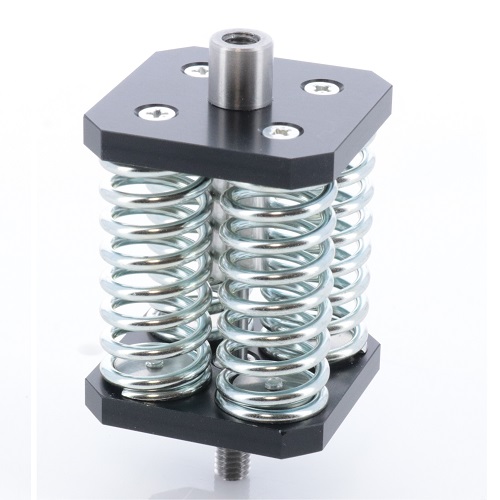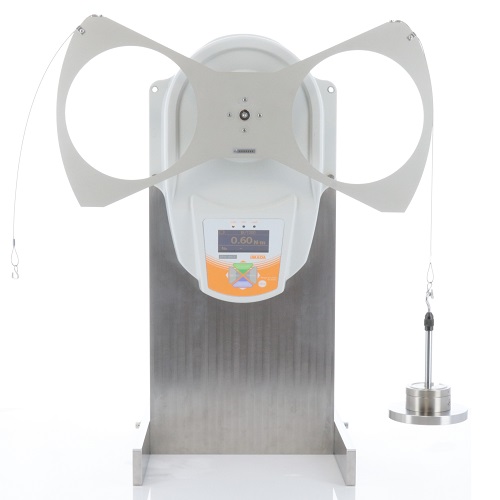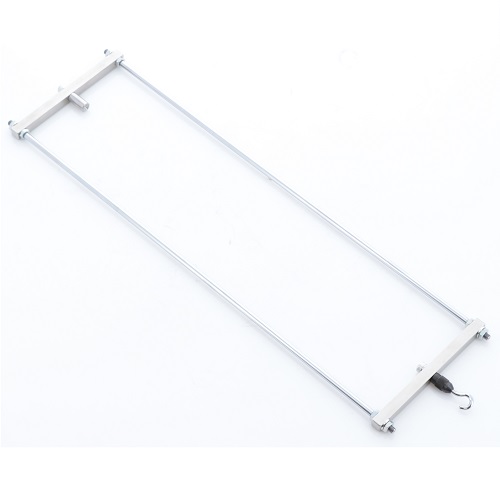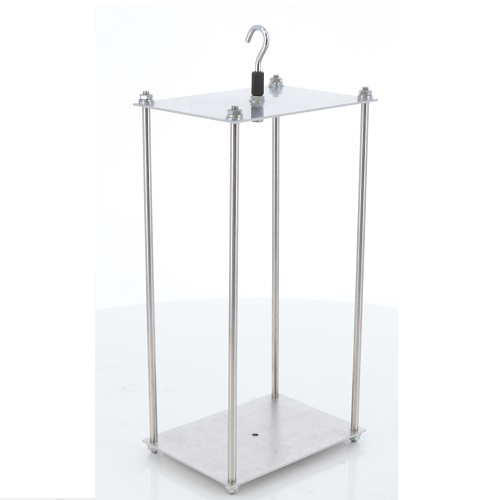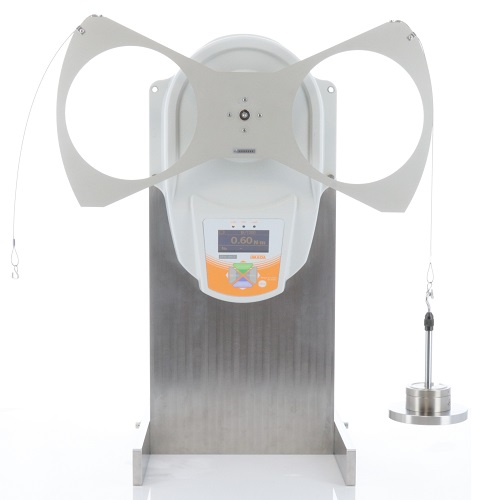Product Search
Solution Search
Searchable by product name, product model or standard.
When searching by product model, enter the product model excluding the option code (-FA, -L, -NEXT, etc.).
*To search by solution, switch to “solution search.”
i.e., Load Cells, ZTA-50N, 7864 (for ISO 7864)
Searchable by you force type, industry, standard or product sample.
*To search by product, switch to “product search.”
i.e., Compression, 7864 (for ISO 7864)
SEARCH

Torque Tester Overview
Torque Testers
- Force Measurement IMADA
- PRODUCTS
- Torque Tester Overview
Torque Gauge Overview
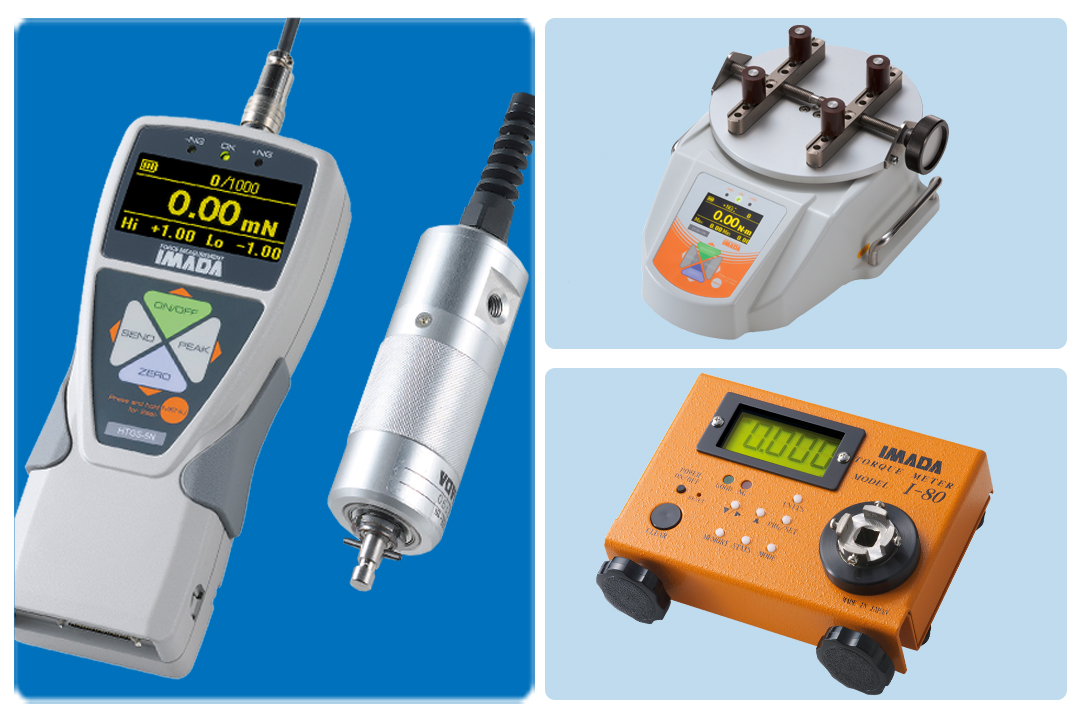
Torque is the torsional moment (turning or twisting force) that acts on an object when it rotates, and the device that measures torque is Torque Tester. Torque testers can be used to measure opening and closing force, turning force, and sliding resistance, and indicate them in the unit of N-m, N-cm, kgf-m, kgf-cm, lbf-in, or ozf-in .
Torque measurement is popular, from the torsional strength of circuit boards, the tightening force of screws, the opening force of PET bottles and jars, and the operating force of rotary switches and keys, as a few examples. ( See usage examples of torque gauges > )
Also commonly used to evaluate the safety and the operability of such parts and products, conform to industry standards. It is one of the most important measuring instruments supporting quality control and research and development.
Click here to see the complete lineup:
List of all torque gauges (torque testers) >
How Best to Select Torque Tester

There are three main types: 1) the desktop, in which the sample is fixed to a table and turned by hand for measurement, 2) the handheld, in which the sensor is held in hand and the sample is held by an attachment for measurement, and 3) the buit-in, in which the sensor is integrated to equipment for measurement.
The desktop type tprque meter is most suited for measuring the opening and closing torque of container lids such as PET bottles and jars. By changing the attachment (table), samples of many sizes and shapes, such as small parts and cosmetic containers, can also be measured.
The handheld type torque gauge is ideal for torque measurement of tightening and loosening force of screws and bolts, rotary switches, and so on. By changing the attachment, samples of many sizes and shapes, such as volume knobs and keys, can also be measured. The handheld torque gauge is also portable and suitable for measuring a part of finished products.
The buit-in type torque gauge is ideal for integration to torque testers or torque control systems in production line for torque measurement. It is also suitable for measurements in limited space due to the small sensor.
To select the suitable type, you may consider whether you bring the sample to be measured(desktop), take the torque gauge to the sample location to measure (handheld), or integrate to equipment to measure(buit-in), depending on the measurement environment.
The maximum torque value is also important in selection. Selecting a range larger than the expected torque value will prevent damage to the torque gauge. In addition to standard types, both desktop and handheld are available in high-performance types with convenient functions such as angle input/output and 2-step peak acquisition, which expand the level of measurement.
We offer selection services to meet your need. Contact us .
*Specifications of force testers vary depending on the model. Check the specifications on the product page for details.
How Best to Measure Handheld
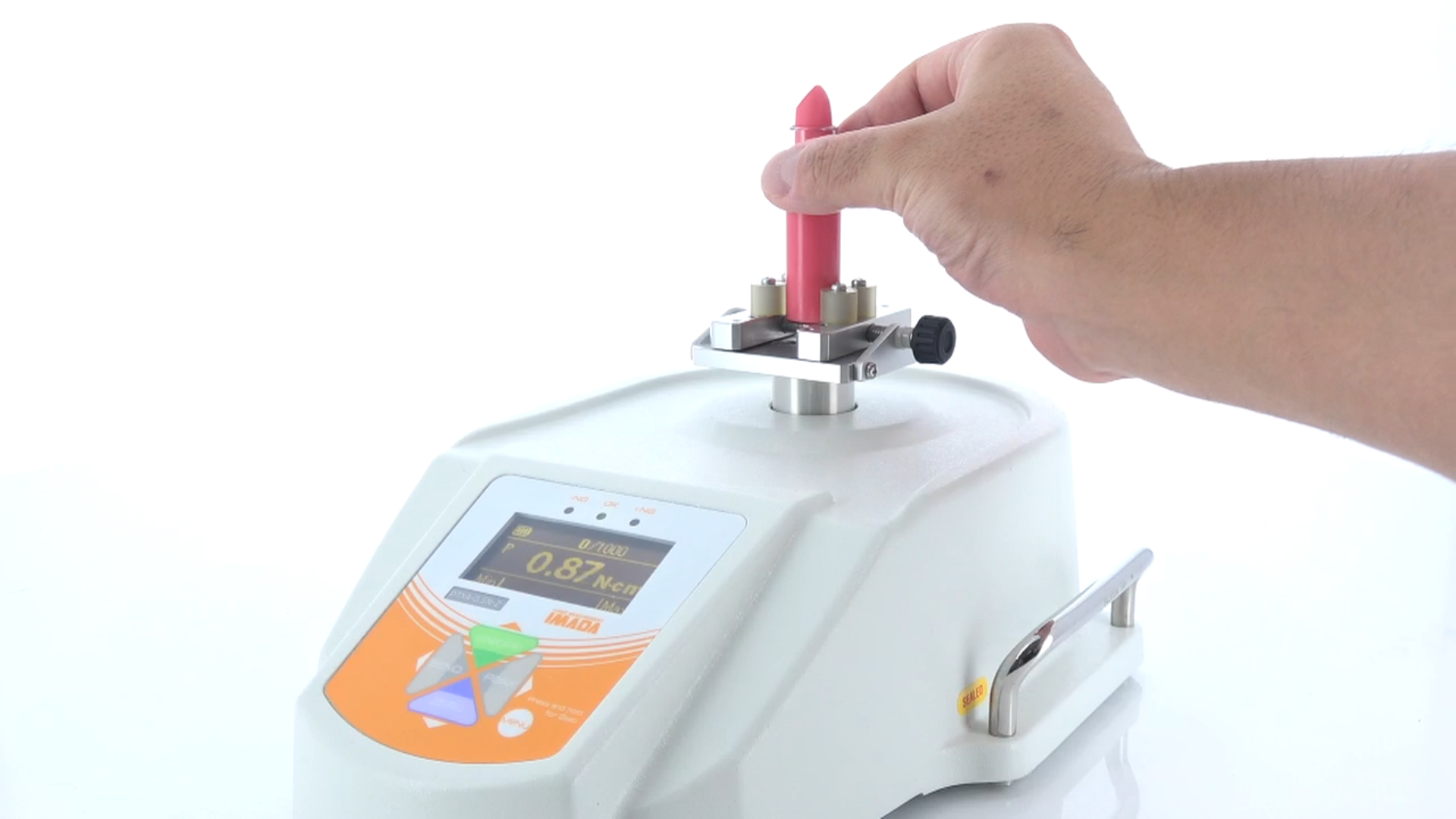
Handheld torque measurement can be performed easily and suited to your budget by turning a sample fixed to the torque gauge by hand, or by holding and turning/twisting a sensor with a sample fixed on an attachment. There are two types: 1) Handheld and 2) Desktop.
1) Handheld is designed to fit easily in hand and provide stable measurement.
2) Desktop provides easy and stable sample fixation. The sample can be quickly set, and therefore repeated measurement can be performed efficiently.
Constructed with a double bearing support mechanism in the sensor section to minimize the effects of lateral and bending forces, it enables precise measurement even though the measurement is done handheld.
Handheld measurement is ideal for measuring torque imitating human motion.
For example, when a person tries to open a lid, they do not use a constant force from the beginning, but rather controls the grip force unconsciously, such as gradually increasing the force while turning it or loosening it when it starts to open.
If the lid is easily deformable, a stronger grip will increase resistance and change the torque value. By measuring by hand, it is possible to measure the torque required for a person to open a bottle by hand, including such factors.
For more precise measurement, such as when evaluating the uniformity of multiple samples, use in combination with a torque stand to improve measurement repeatability.
*Functions and specifications of torque gauges vary depending on the model. Check the specifications on the product page for details.
How Best to Attach Attachments to Torque Tester
Samples come in various shapes and sizes. Torque attachments are used to attached torque testers or torque stands to fix samples. It is important to select attachments that match the measurement method and shape of samples in order to apply the appropriate force.
Two main patterns of attachment mounting exist.
1) Fixing to screw cap tester-DTXS/DTXA series
Simply fit the groove on the shaft of the attachment to the sensor part.
2) Fixing to HTGS/HTGA series hand-use digital torque testers
Align the pin on the tip of the sensor with the groove on the attachment, insert it, and turn the set screw on the attachment to fix it in place.
In either case, the attachment can be easily fixed and detached, allowing efficient measurement of different samples.
Also note that attachments are available for different models, and proper attention is required when selecting one.
We can assist you in selecting the appropriate attachment for your sample shape and material, as well as for selection in combination with a torque gauge. Contact us.
*Functions and specifications of torque gauges and torque attachments vary depending on the model. Check the specifications on the product page for details.
Click here to see the complete lineup of torque attachments.
List of all torque attachments
Check the below videos to see how to attach the attachment.
Mount Attachment to DTXS/A series
Mount Attachment to HTGS/A series
How Best Attach Torque Tester to Torque Stand

By combining a torque tester or attachment with a torque stand, a more precise measurement can be achieved. Although the method of attaching a torque tester to a torque stand differs depending on the model, the procedure is simple and mainly consists of one of the three ways.
1) Fix screw cap torque tester DTXS/DTXA series
Remove the screw from the handle and attach it to the torque stand using the screw hole. For motorized torque stand, a centering jig is included to allow easy centering and installation for more accurate measurement.
2) Fix handheld digital torque meter HTGS/HTGA
Fix the sensor part to the sensor holder part with screws.
3) Fix the measurement sample
Use the attachment to fix the measurement sample. It is either inserting the attachment and fixing it with a pin, aligning the grooves of the attachment and inserting it, or fixing it with a set screw.
Torque stand and torque tester can be connected by a cable. Finally, fix the sample and set up the stand as necessary for testing. These installation procedures are simple and can be easily performed by one person.
*Specifications and procedures vary depending on the model. Check the specifications and user guide videos on the product page for details.
Click here to see the complete lineup of torque stands.
List of all torque stands>
Check the below video for mounting to various types of torque stands.
Mount Torque Tester to Torque Stand
How Best to Draw Torque Graph

By graphing the torque measurement data, you can visually check the transition of torque values. The graph visualizes changes leading up to the peak and the detection of abnormal torque values such as foreign objects being caught, leading to more detailed confirmation of differences in physical characteristics and quality.
By creating graphs, you can also confirm the results at various change points visually, for example, the torque at which the cap begins to turn in a PET bottle screw cap test, or the torque when the bridge comes off the cap. The system is equipped with functions such as graph overlays and magnification, which are useful for result evaluation, making it easy to compare and verify results with past data.
PDF, CSV, and other printing options are provided, making it easy to create reports.
The software can be selected to suit the needs, such as one that acquires 2000 data/sec and create precise graphs, one that creates graphs together with angle data, and one that draws multiple graphs at the same time.
*Functions of software vary depending on the model. Check the specifications on the product page for details.
Click here to see the complete lineup of software.
List of all graphing software >
Check the below video for the torque graph drawing.
Draw Torque Graph
How Best to Connect with Angle Meter

By connecting angle meter with a torque tester equipped with an angle display function, you can input and output angles. By doing so, you can use the angle meter to evaluate the characteristics of materials and quality control that cannot be explained by torque alone. For example, the repulsive force of a material when it is twisted at a certain angle, or the operability of a rotating switch based on the correlation between torque and angle.
Two types exist:
1) an angle meter that can be built into a torque stand, and 2) an angle meter unit that can be connected to a handheld torque gauge. Using angle display software, a torque vs. angle graph can also be created.
*Check the specifications on the product page for details of applicable torque stand option or angle gauge unit .
Tips for More Effective Use of Torque Testers

Torque testers are equipped with useful functions.
The comparator function with high and low limit settings not only simplifies pass/fail test, but can also be interlocked with external devices to activate warning lights when defective or to control torque values using external outputs.
The mark point function records torque values at contact points such as rotary switches and displays them on a software graph.
With Next Series compatible products, you can upgrade your torque tester by downloading additional functions (see IMADA-Connected.com). Continuous peak mode and calibration date notification function are a few examples.
We offer guides for better use of torque testers, such as videos of various function settings and consultations for effective use. Contact us for more information.
*Specifications of torque gauges vary depending on the model. Check the specifications on the product page for details.
Converter
Convenient Unit/Torque/
Tension conversion
6 Significant Digits (*Significant digits are meaningful digits that do not include zeros, which are used to indicate the scale.)
Products

HERE!
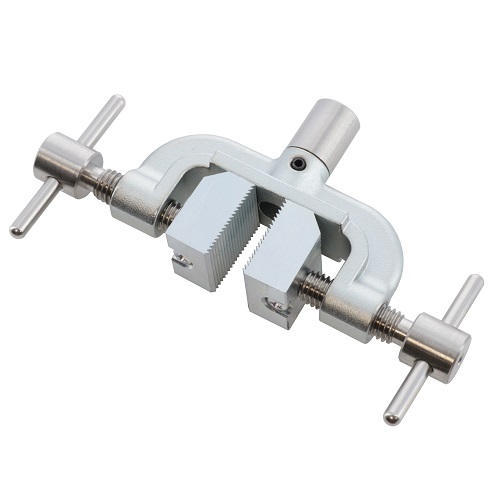 Attachments, Grips & Fixtures
Attachments, Grips & Fixtures
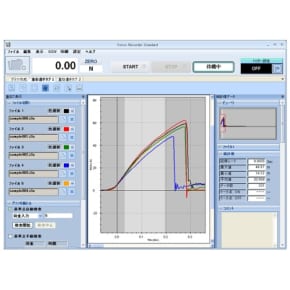 Software / Download Card
Software / Download Card
 Additional Chargeable Function for Software
Additional Chargeable Function for Software
 Friction Testing Module
Friction Testing Module
 Peel Testing Module 1
Peel Testing Module 1
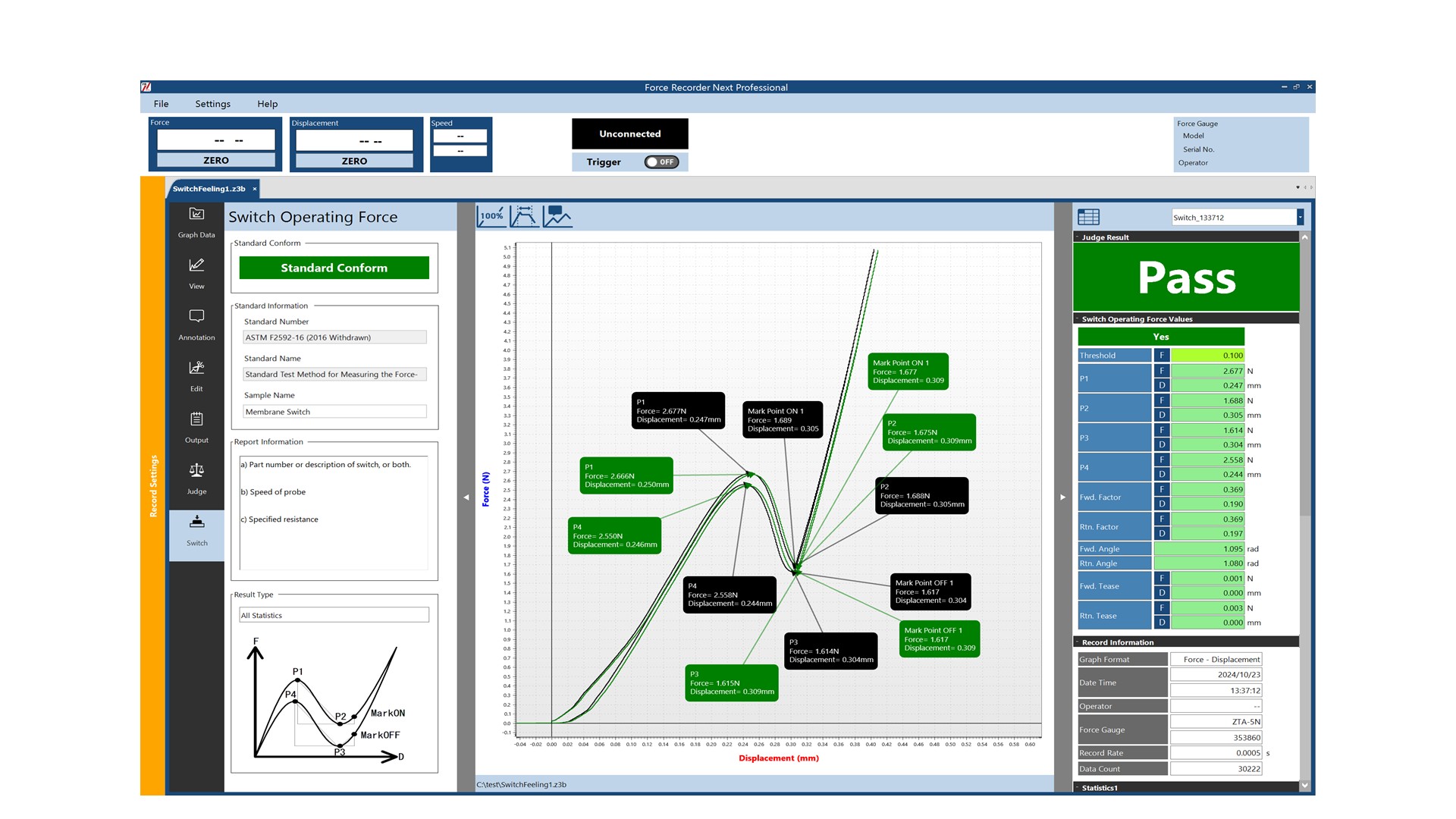 Switch Operating Force Testing Module
Switch Operating Force Testing Module
 Pressure/Stretchability Measurement Module
Pressure/Stretchability Measurement Module
 Spring Rate Measurement Module
Spring Rate Measurement Module
 Deflection Correction Function
Deflection Correction Function
 Bending Stress Measurement Module
Bending Stress Measurement Module
 Excel Data Writing Function
Excel Data Writing Function
 Yarn Tenacity Testing Module
Yarn Tenacity Testing Module
 Multi-Peak Extraction Function
Multi-Peak Extraction Function
 Multi-Level Evaluation Function
Multi-Level Evaluation Function
 Custom Made
Custom Made
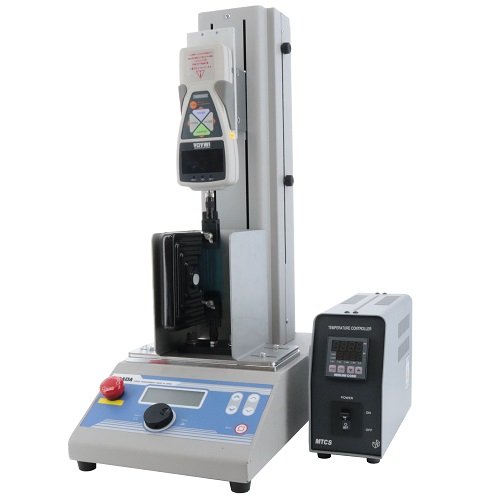 Measurements in Special Environment
Measurements in Special Environment
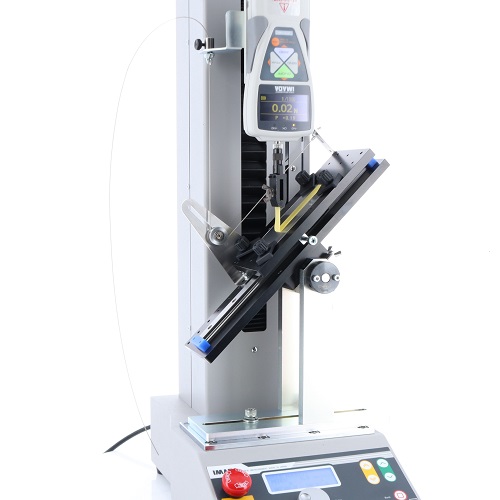 Temperature and Angle Adjustable Peel Tester
Temperature and Angle Adjustable Peel Tester
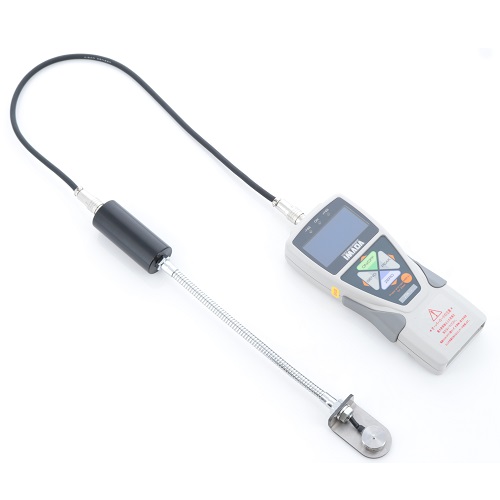 Spot Welding Pressure Gauge
Spot Welding Pressure Gauge
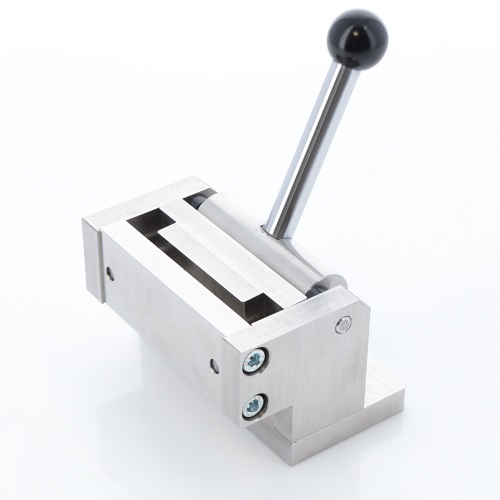 Attachment to Bend Sample 90 Degrees
Attachment to Bend Sample 90 Degrees
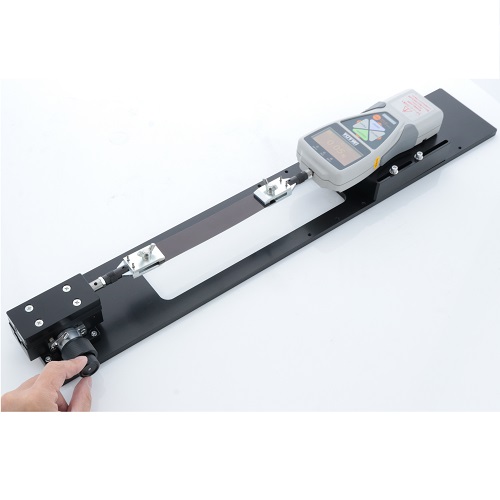 Horizontal Test Stand with Fine Adjustment Knob
Horizontal Test Stand with Fine Adjustment Knob
 Tester With Thermostatic Chamber
Tester With Thermostatic Chamber
 Tester With Far-infrared Heater
Tester With Far-infrared Heater
 Table for Compression Load Cell
Table for Compression Load Cell
 Test Stand for Testing at the Desired Position
Test Stand for Testing at the Desired Position
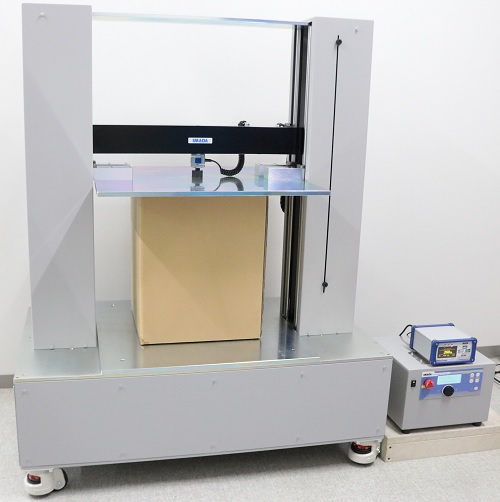 Particular Samples Measurements
Particular Samples Measurements
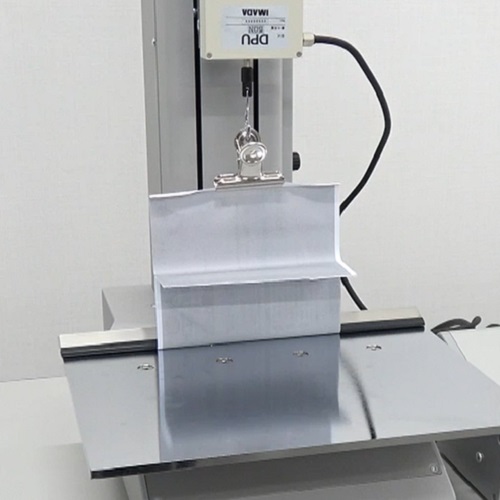 Peel Test Fixture for Crimped Postcard
Peel Test Fixture for Crimped Postcard
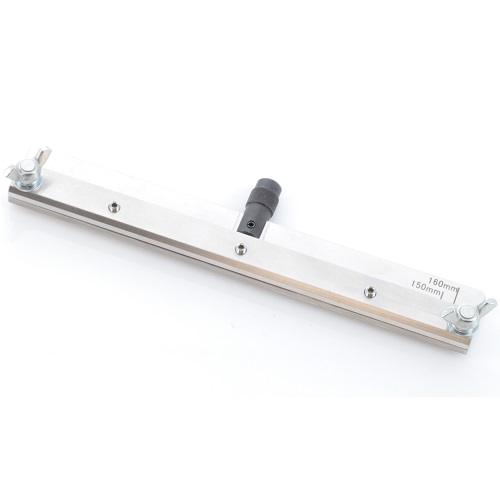 Attachment for Fixing Wide and Thin Materials
Attachment for Fixing Wide and Thin Materials
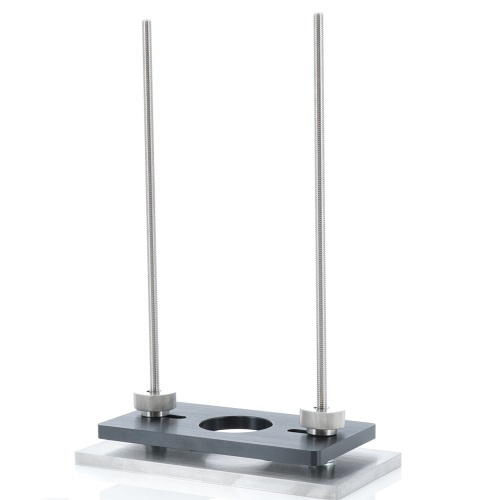 Attachment for Wine Cork Extraction Test
Attachment for Wine Cork Extraction Test
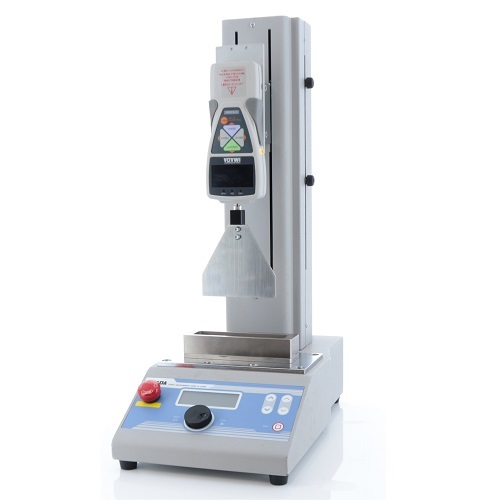 Attachments for 90 degree score bend test
Attachments for 90 degree score bend test
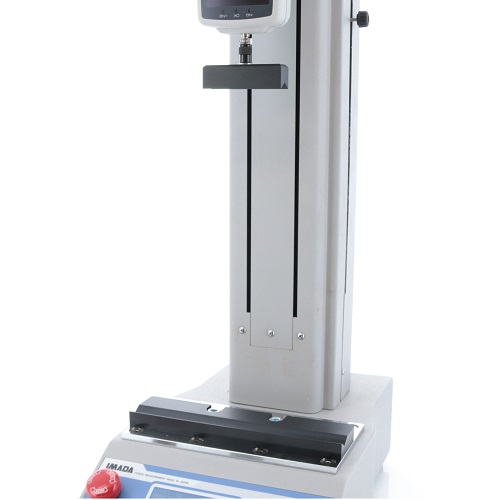 Attachments to measure forces to open flat pack carton
Attachments to measure forces to open flat pack carton
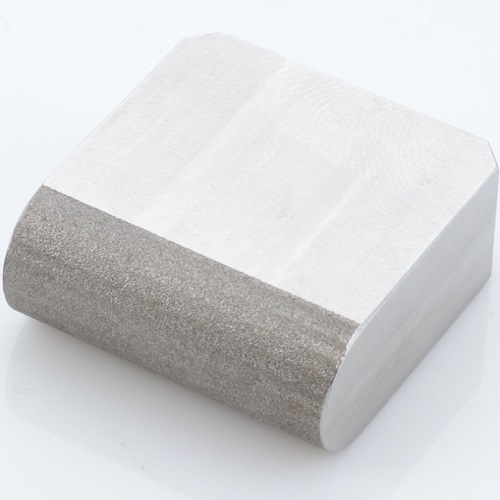 Attachments for break strength testing of lipsticks or lip balms
Attachments for break strength testing of lipsticks or lip balms
 High capacity dual-column motorized test machine for compression test
High capacity dual-column motorized test machine for compression test
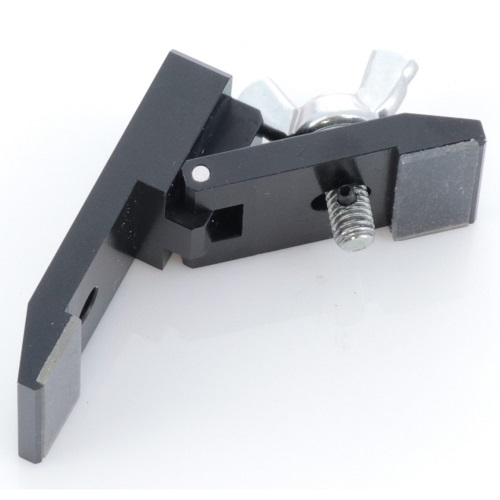 Film Grip with Openable Gripping Part
Film Grip with Openable Gripping Part
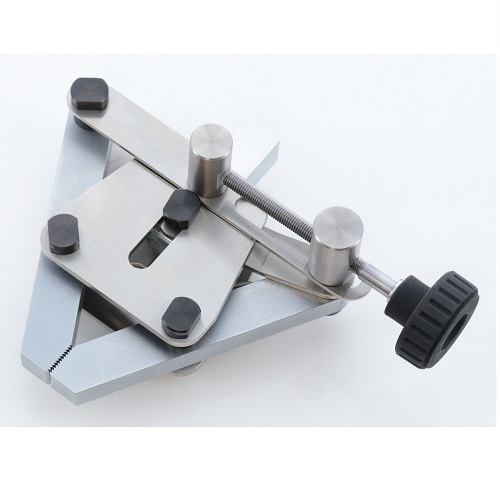 Pantograph Grip with Pressurization Mechanism
Pantograph Grip with Pressurization Mechanism
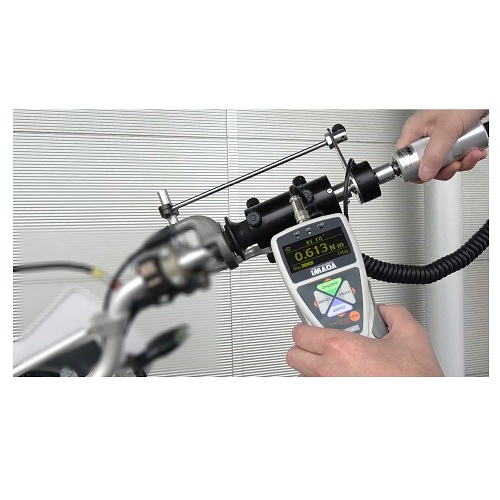 Motorcycle Accelerator Torque Test Fixture
Motorcycle Accelerator Torque Test Fixture
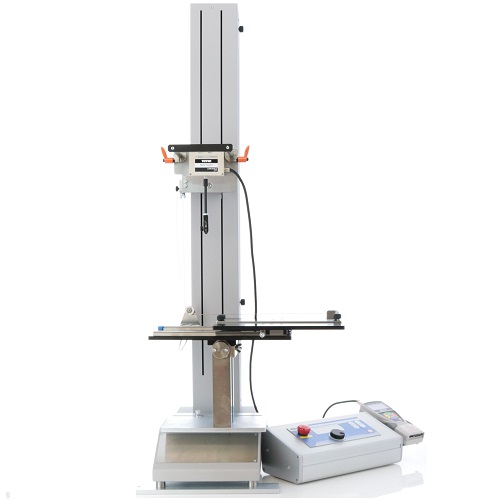 Peel Test Fixture for Solar Cell Ribbon
Peel Test Fixture for Solar Cell Ribbon
 Test Stand With Large Table
Test Stand With Large Table
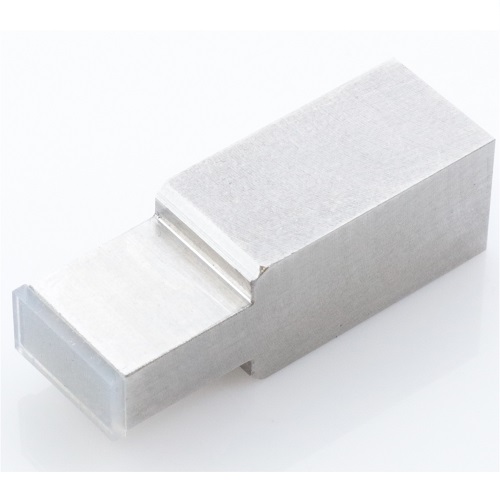 Compression Test Attachment for LCD Panel
Compression Test Attachment for LCD Panel
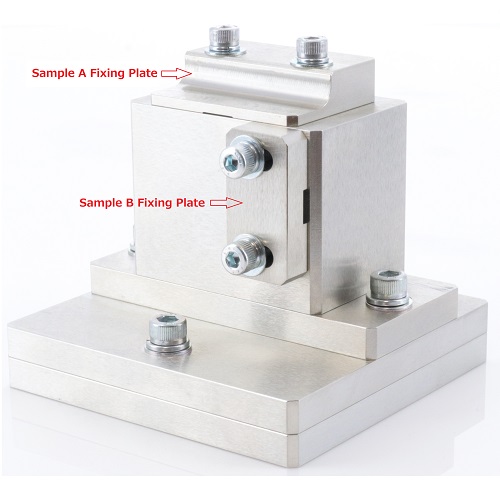 L-shaped Sample Fixture
L-shaped Sample Fixture
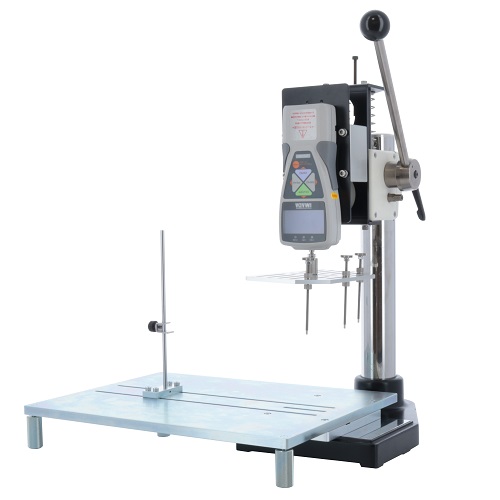 Attachment for Opening/Closing Force Test of Takeout Container Lid
Attachment for Opening/Closing Force Test of Takeout Container Lid
 Attachment for Squeezing Force Test of Eye Drop Bottles
Attachment for Squeezing Force Test of Eye Drop Bottles
 Compression Test Attachment for Squeeze Tube
Compression Test Attachment for Squeeze Tube
 Attachment for Welded Nut Tension Test
Attachment for Welded Nut Tension Test
 Attachment for Tube Tension Strength Test
Attachment for Tube Tension Strength Test
 Attachment for Hard-to-Grip Samples
Attachment for Hard-to-Grip Samples
 Attachment for Compression Test of Nasal Spray
Attachment for Compression Test of Nasal Spray
 Individually Adjustable Torque Chuck Attachment
Individually Adjustable Torque Chuck Attachment
 Resistance Force Measurement jig for Hair Combing Test
Resistance Force Measurement jig for Hair Combing Test
 Attachment for Lateral Compression Test of Cup Containers
Attachment for Lateral Compression Test of Cup Containers
 Water-Proof Shield for Motorized Torque Test Stand
Water-Proof Shield for Motorized Torque Test Stand
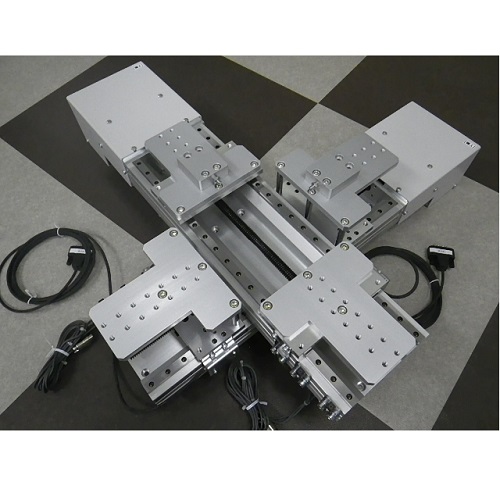 Biaxial Tension Tester
Biaxial Tension Tester
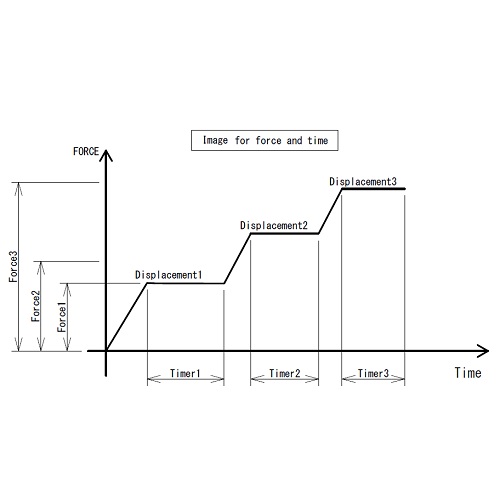 Resize & Modification
Resize & Modification
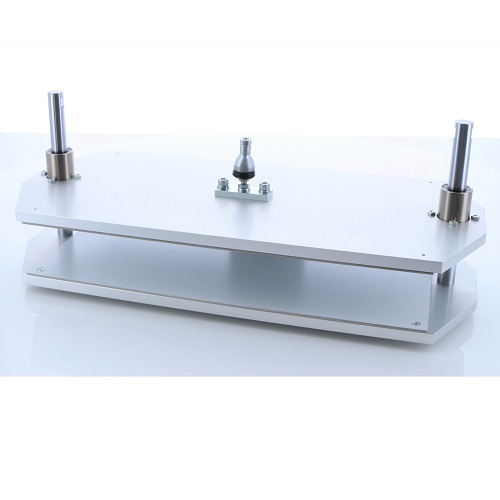 Press Test Fixture (Wide Size)
Press Test Fixture (Wide Size)
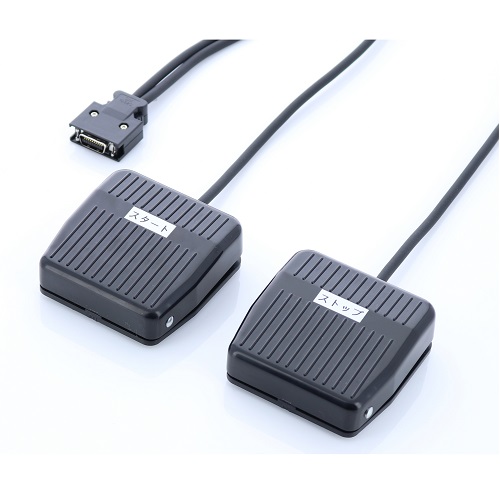 Remote Control Switch for Motorized Test Stand
Remote Control Switch for Motorized Test Stand
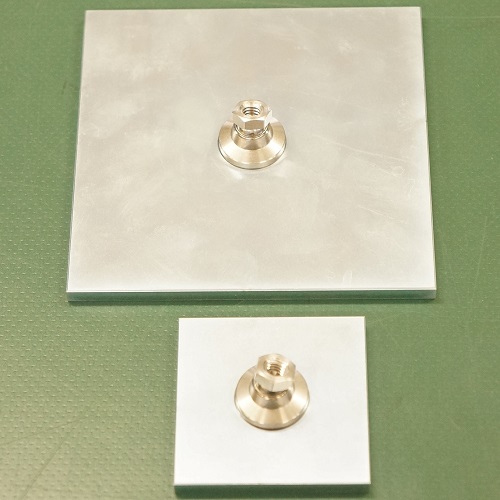 Semi-Customized Compression Attachments
Semi-Customized Compression Attachments
 Large Size of Compression Tester
Large Size of Compression Tester
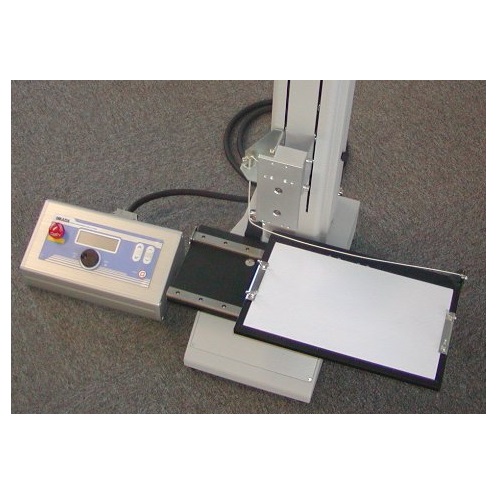 Large Size of 90 Degree Peel Tester
Large Size of 90 Degree Peel Tester
 Force Control Cable with Signal Output Box
Force Control Cable with Signal Output Box
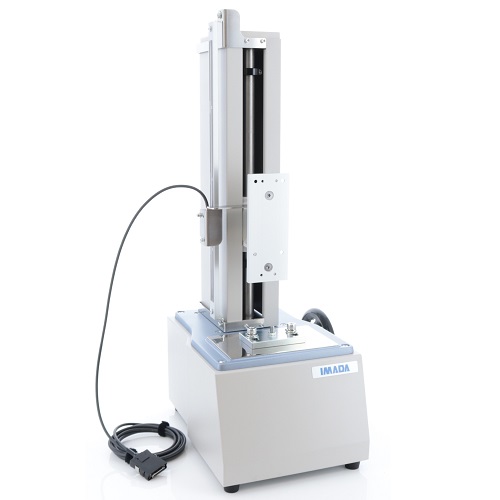 Manual Test Stand with Displacement Output Option
Manual Test Stand with Displacement Output Option
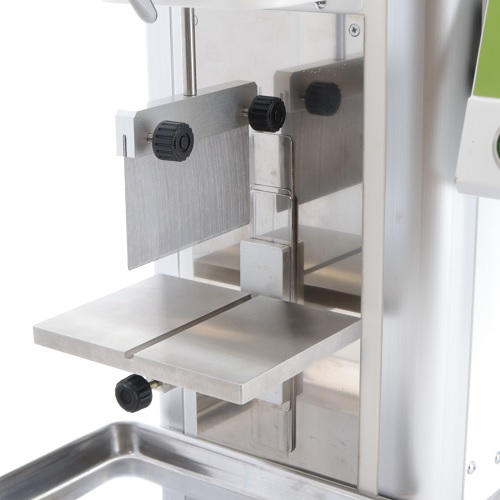 Cutting Base Plate with groove and knife edge probe
Cutting Base Plate with groove and knife edge probe
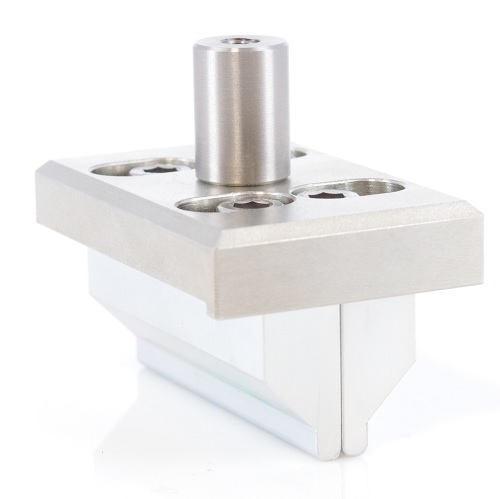 Upper attachment for 4-point bending test
Upper attachment for 4-point bending test
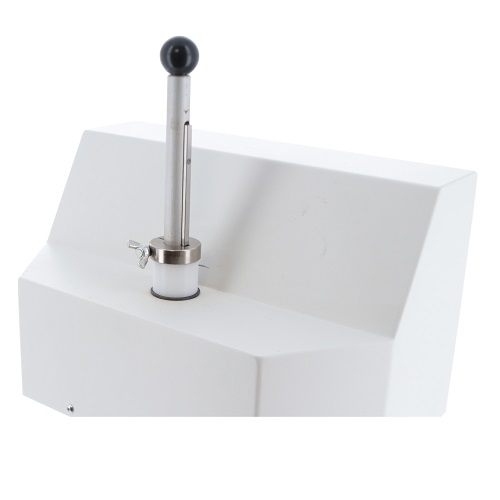 Main shaft stopper with a butterfly screw for MTS series
Main shaft stopper with a butterfly screw for MTS series
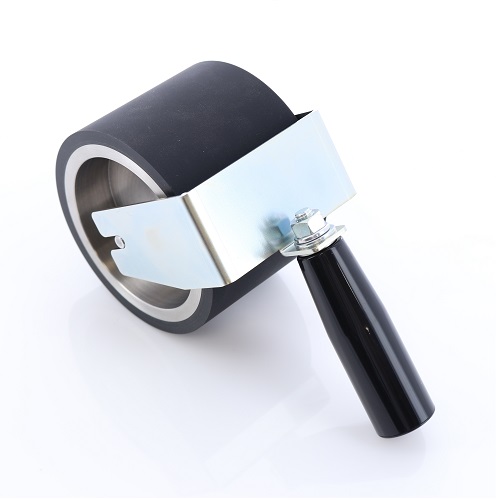 Wide Rubber Roller for Peel Test
Wide Rubber Roller for Peel Test
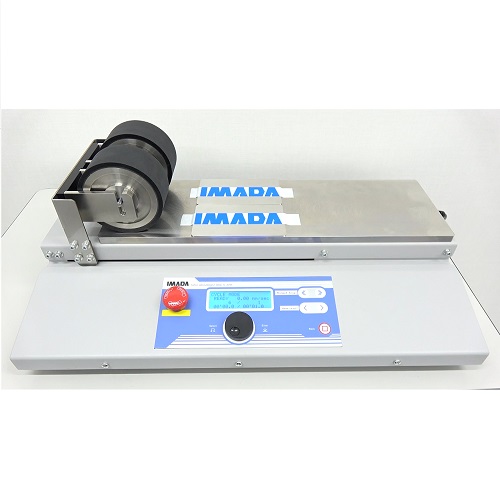 Motorized Rubber Roller for Peel Test
Motorized Rubber Roller for Peel Test
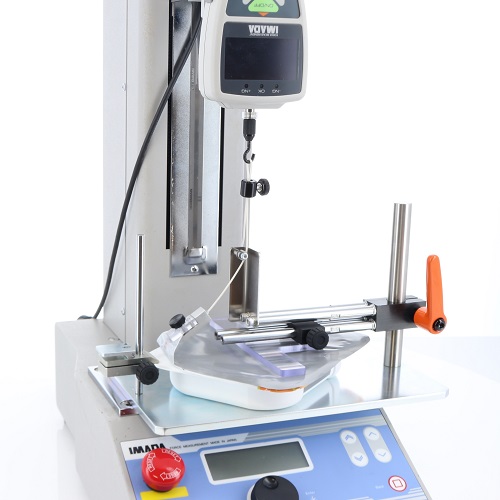 Peel Fixture for Packaged Cooked Rice Lid
Peel Fixture for Packaged Cooked Rice Lid
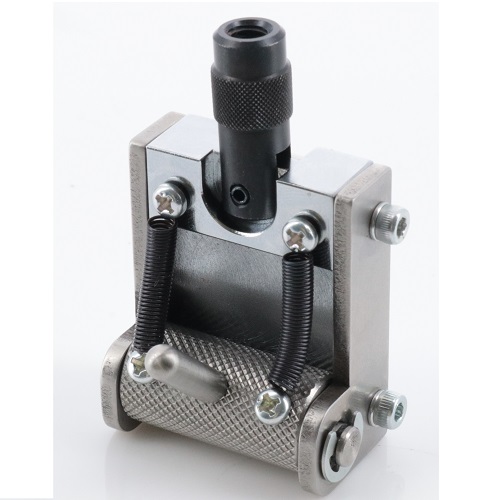 Cam grip with spring
Cam grip with spring
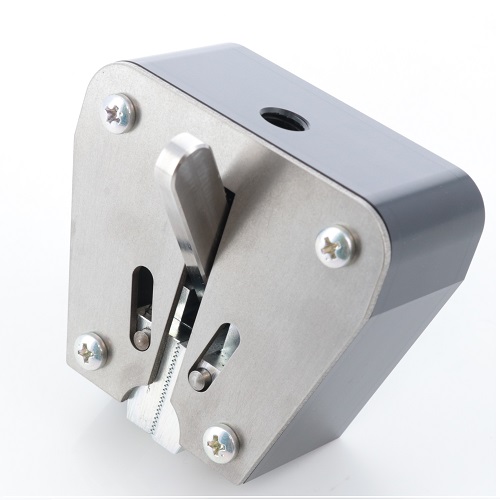 Wedge Grip Without Adaptor
Wedge Grip Without Adaptor
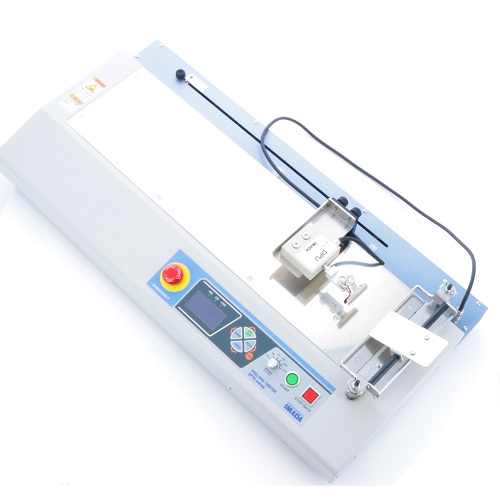 Customized Peeling Tester
Customized Peeling Tester
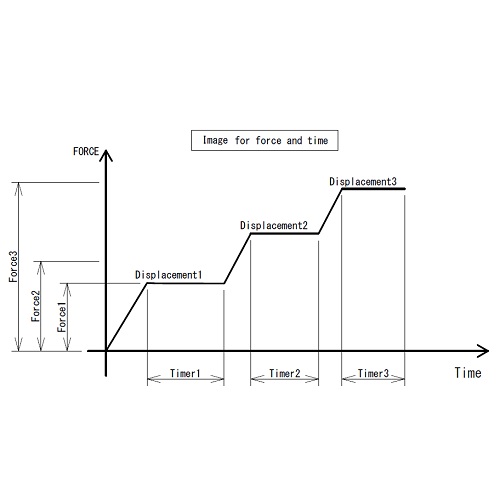 Test Stand with 3-stage Force/Displacement setting/holding function
Test Stand with 3-stage Force/Displacement setting/holding function
 Torque Stand Shaft for Child Proof Lock Measurement
Torque Stand Shaft for Child Proof Lock Measurement
 90 degree Peel Test Jig (High Capacity Type)
90 degree Peel Test Jig (High Capacity Type)
 Tabletop Force Gauge Calibration Unit (High Capacity Type)
Tabletop Force Gauge Calibration Unit (High Capacity Type)
 One-touch toggle clamp for Coefficient of Friction Fixture
One-touch toggle clamp for Coefficient of Friction Fixture
 Compact Motorized Test Stand
Compact Motorized Test Stand
 Tube Fixing Jig
Tube Fixing Jig
 Visualized Film Chuck
Visualized Film Chuck
 Tensile and Compression Torque Tester
Tensile and Compression Torque Tester
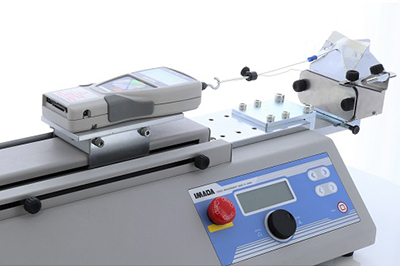 Standards-Compliant Measurement
Standards-Compliant Measurement
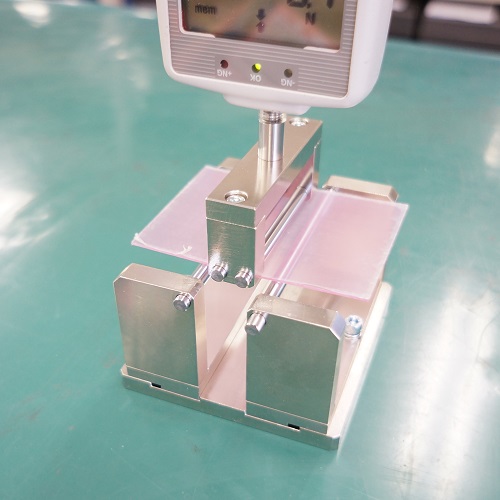 ISO 14704: 2000 Fine Ceramics 4-Point Bend Tester
ISO 14704: 2000 Fine Ceramics 4-Point Bend Tester
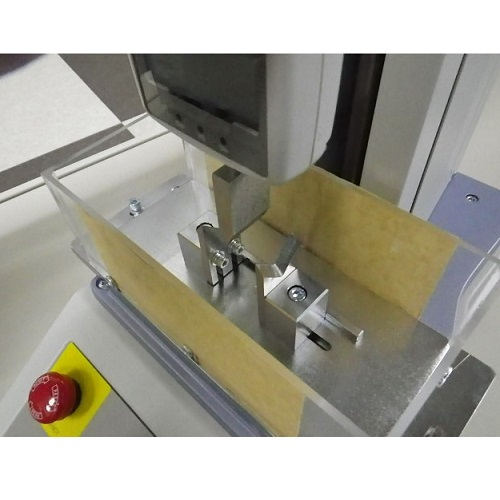 Ampoule 3-Point Bend Tester
Ampoule 3-Point Bend Tester
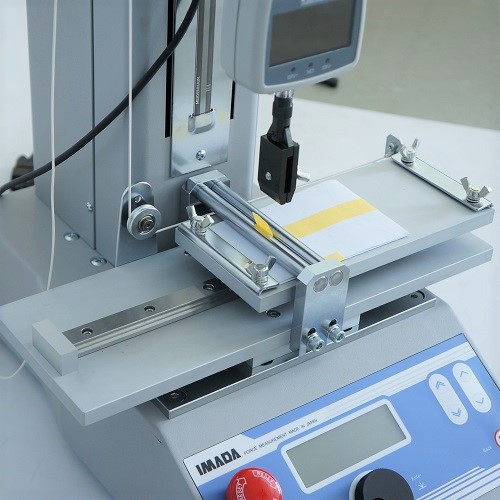 ISO/IEC 10373-1: 2006 Peel Tester of Identification Card
ISO/IEC 10373-1: 2006 Peel Tester of Identification Card
 ISO 17480: 2015 Peel Tester for Gable-Top Package
ISO 17480: 2015 Peel Tester for Gable-Top Package
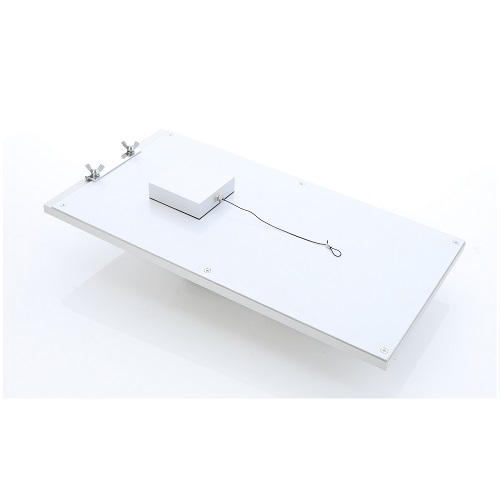 ASTM D1894: 2014 Coefficient of Friction (COF) Tester
ASTM D1894: 2014 Coefficient of Friction (COF) Tester
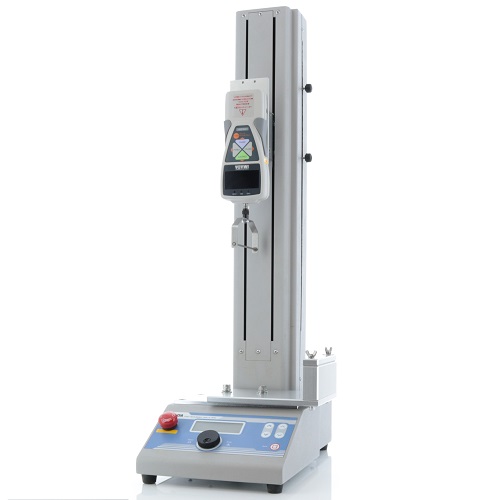 Attachments for score bend test
Attachments for score bend test
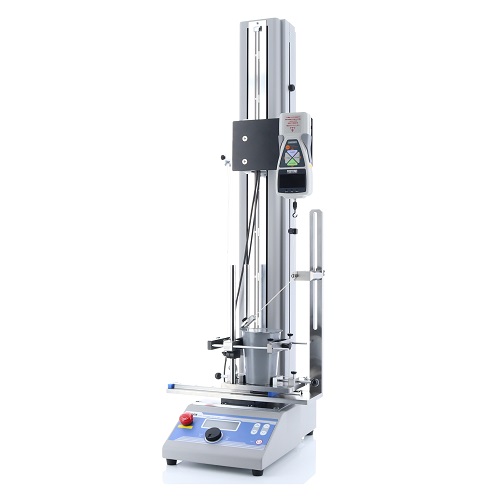 ISO 17480: 2015 45 Degree Complete Peel Test Fixture for Container Lid
ISO 17480: 2015 45 Degree Complete Peel Test Fixture for Container Lid
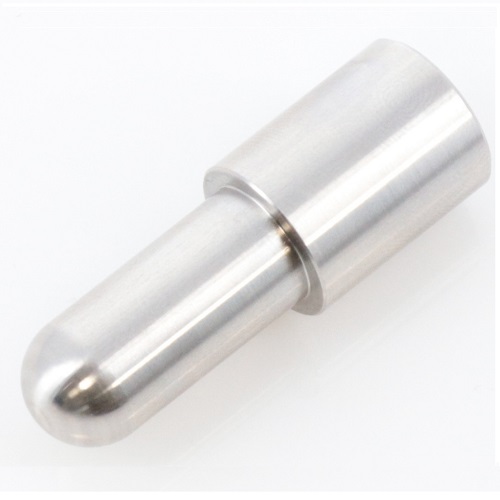 IEC 61010-1 (2010) Spherical Jig for Compression Testing
IEC 61010-1 (2010) Spherical Jig for Compression Testing
 ASTM D4032(Withdrawn 2025)Standard Test Attachment for Fabric Stiffness by Circular Bend Procedure
ASTM D4032(Withdrawn 2025)Standard Test Attachment for Fabric Stiffness by Circular Bend Procedure
 Peel Test Jig for Gable-Topped Package (No sample cut type)
Peel Test Jig for Gable-Topped Package (No sample cut type)







